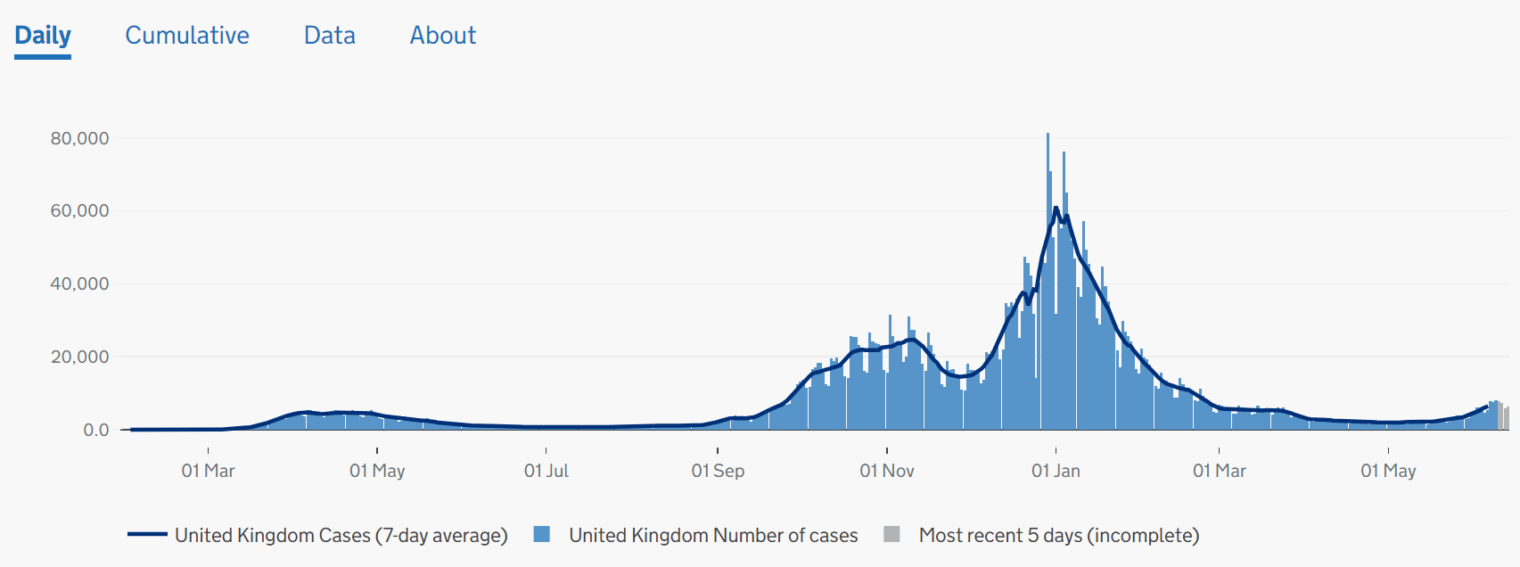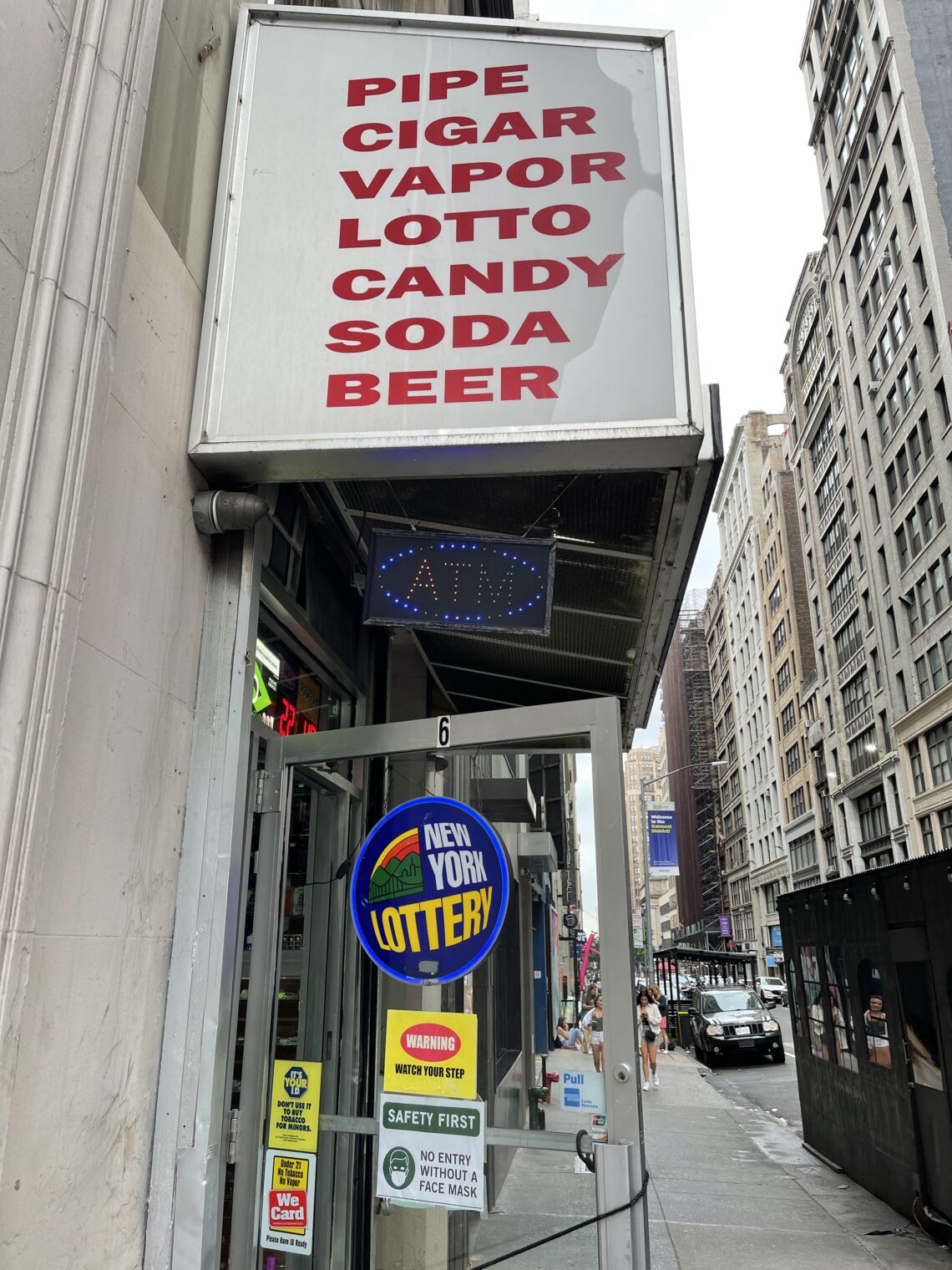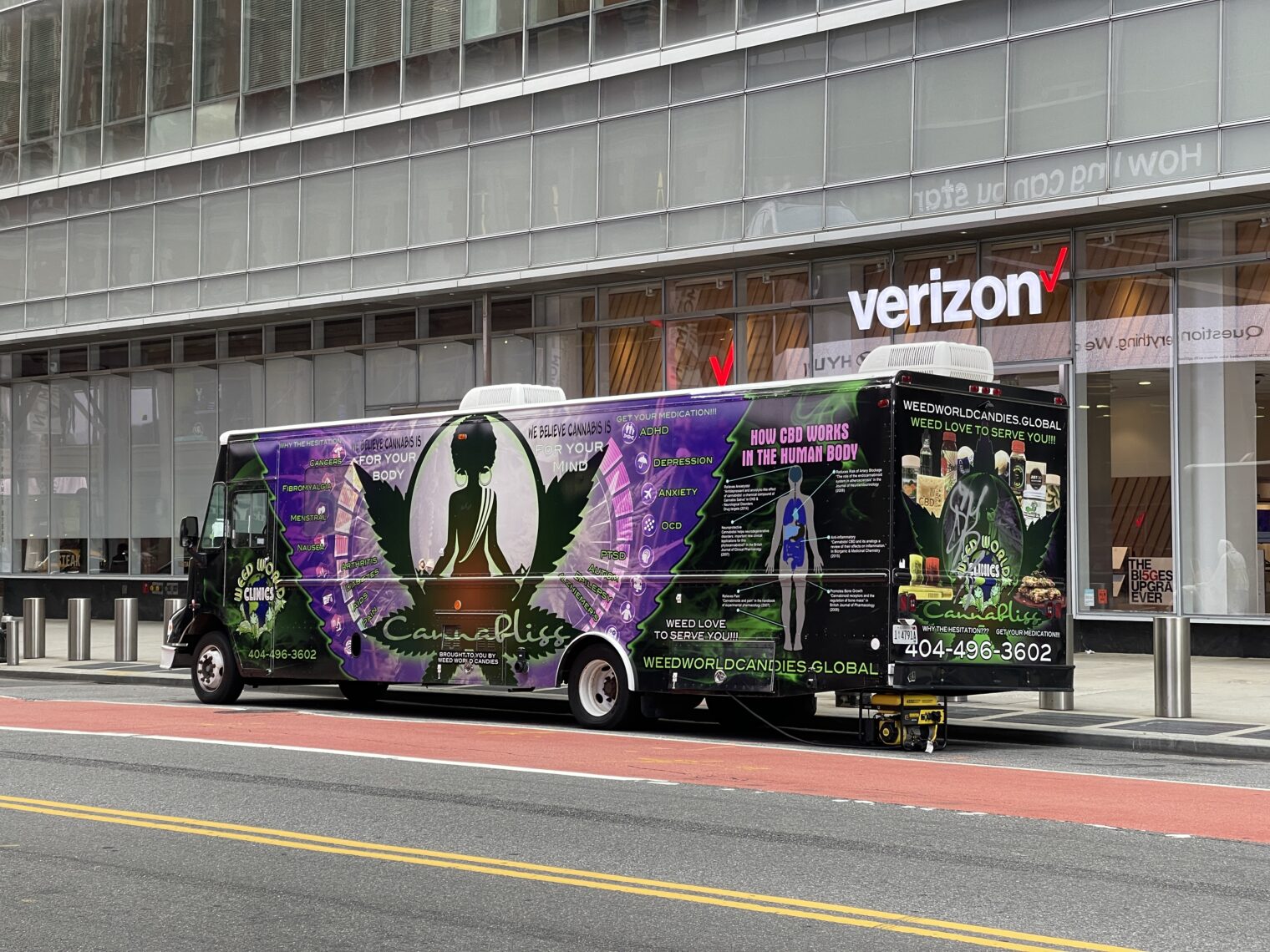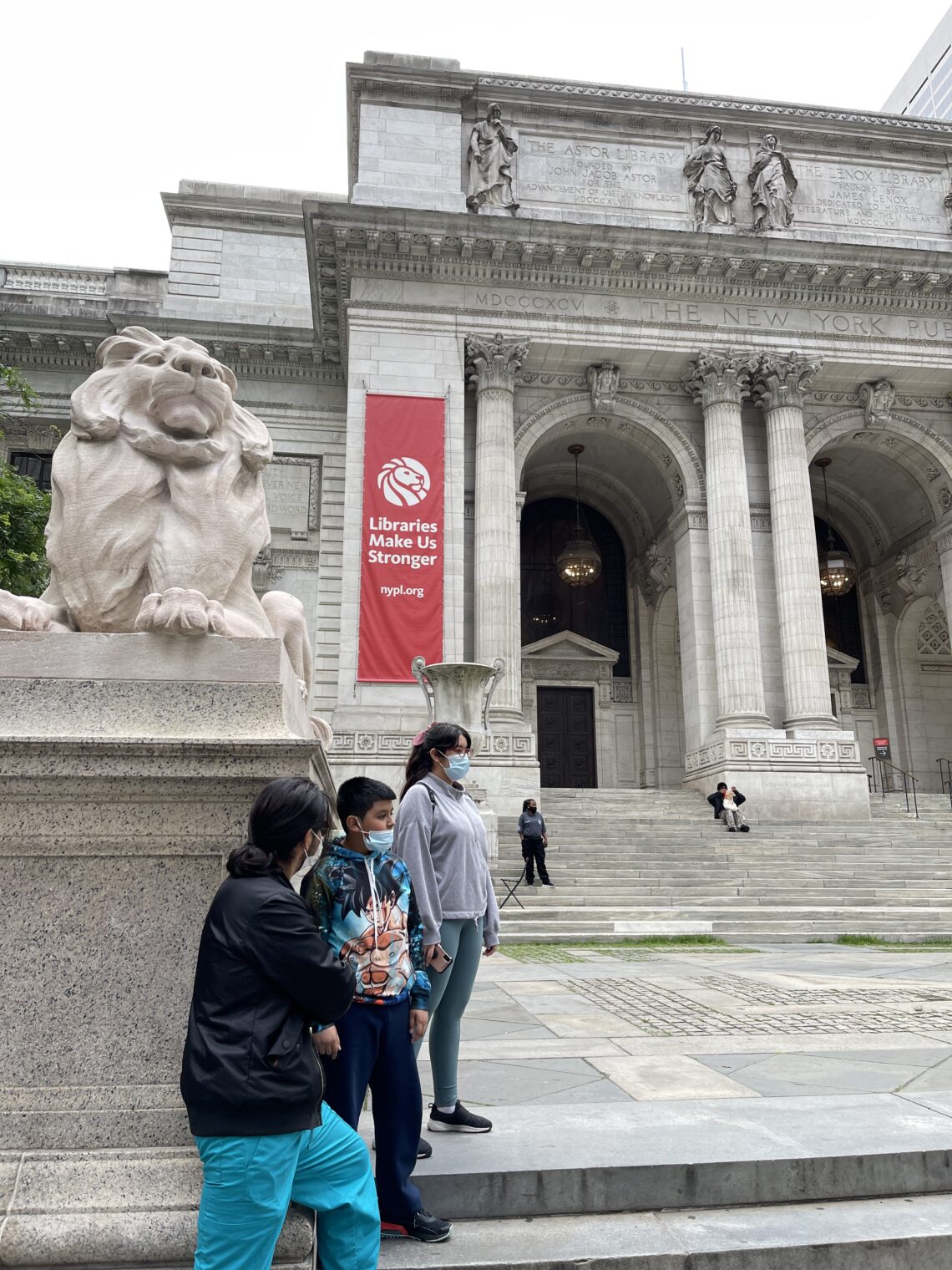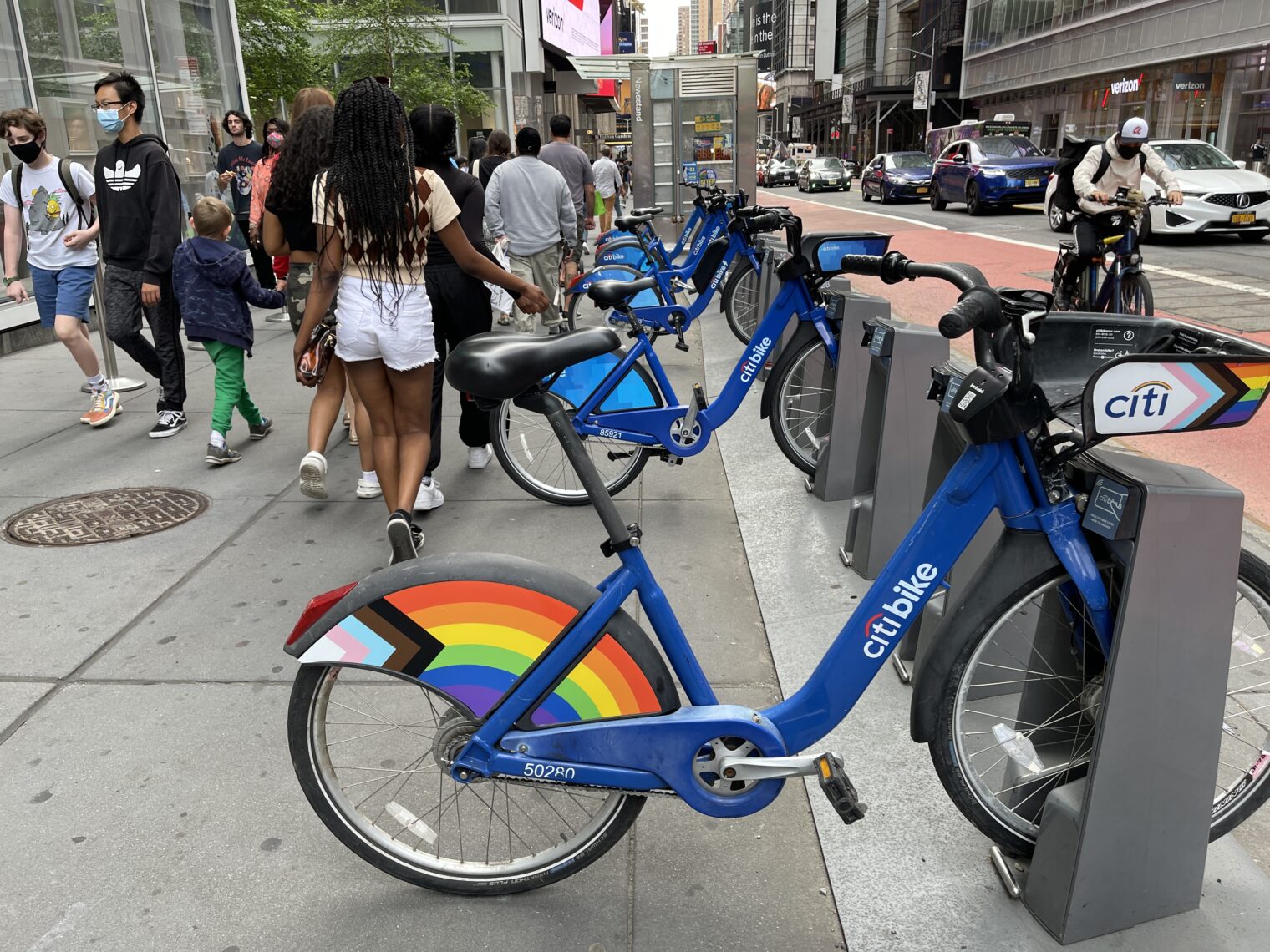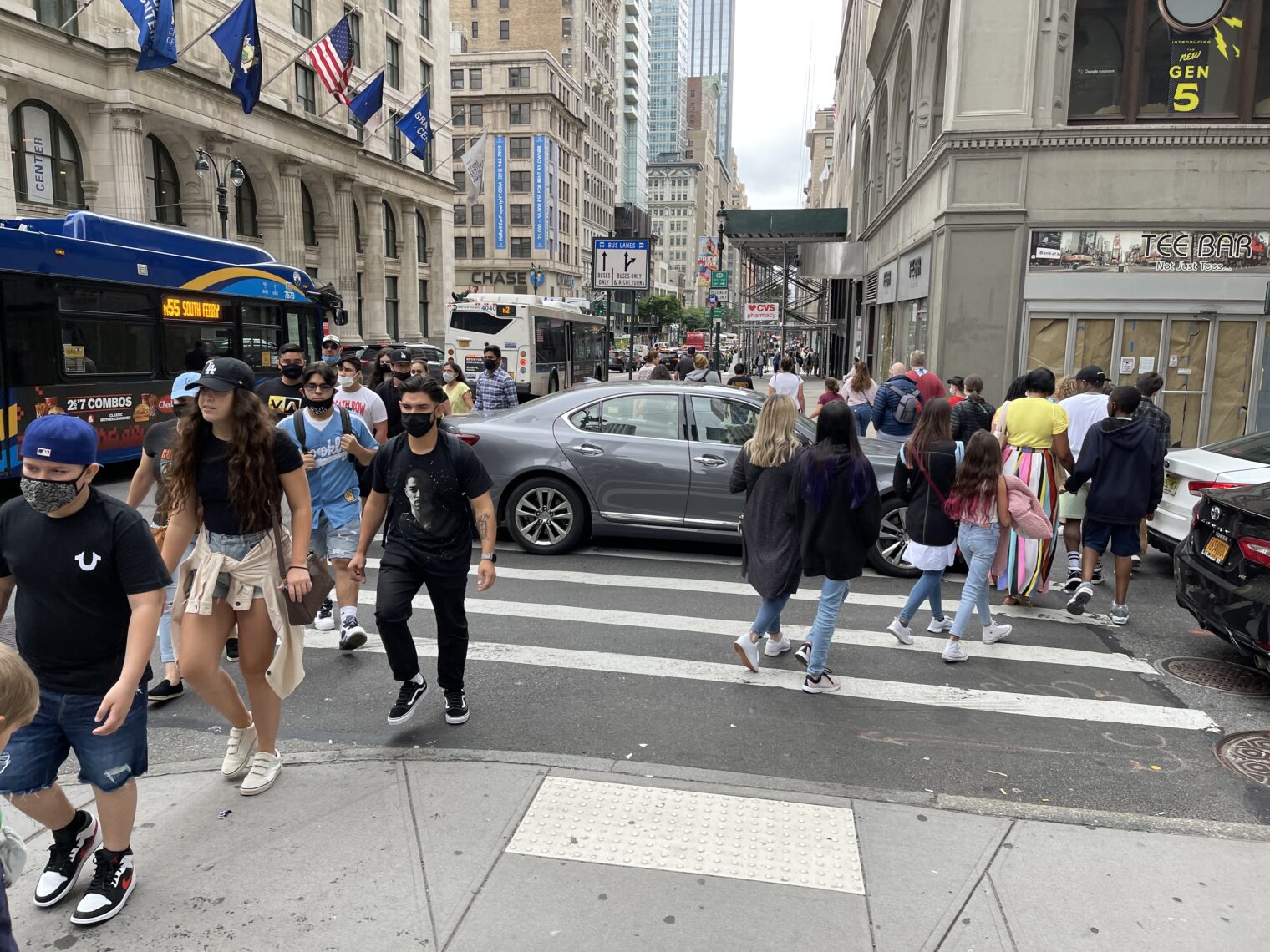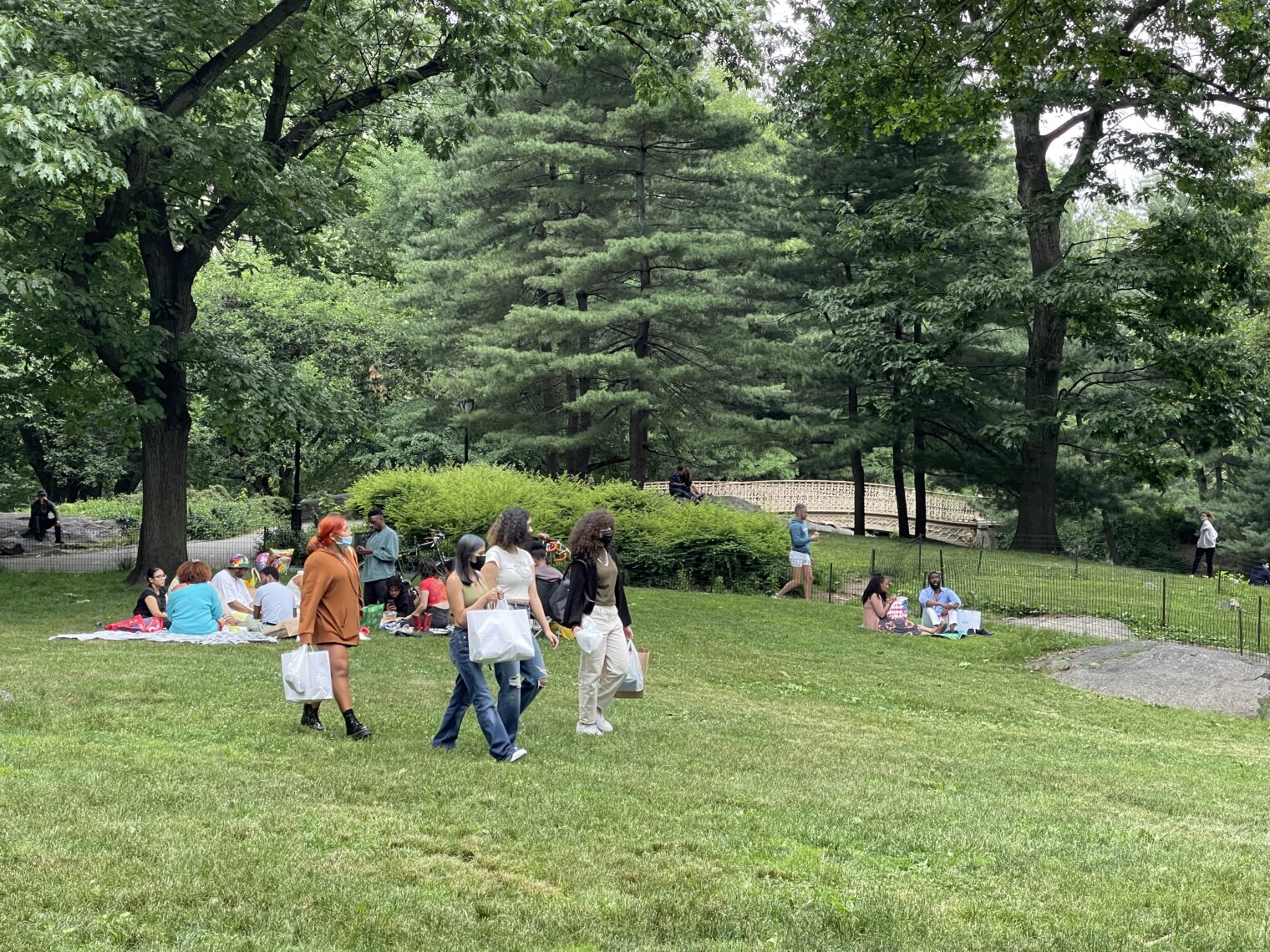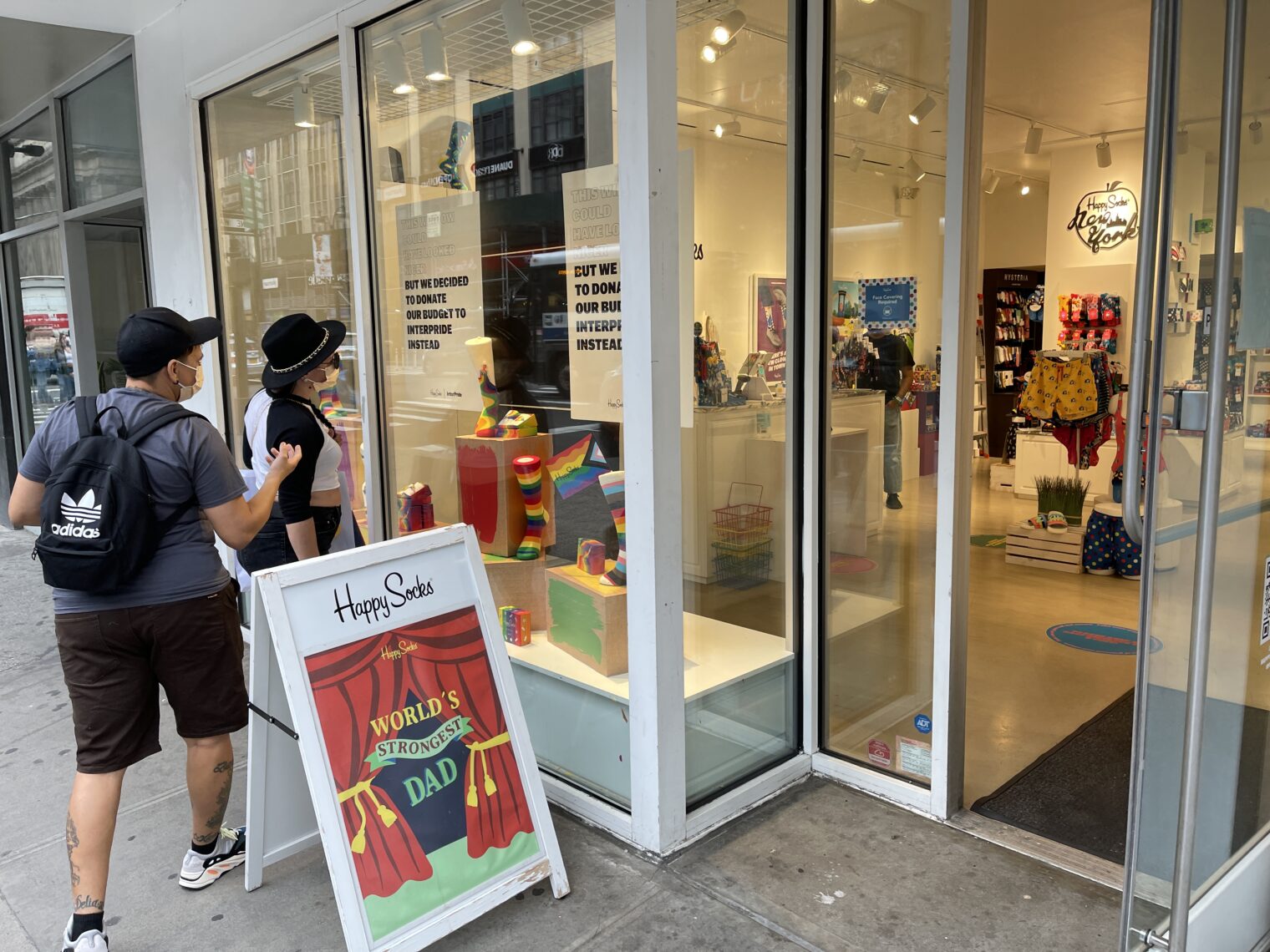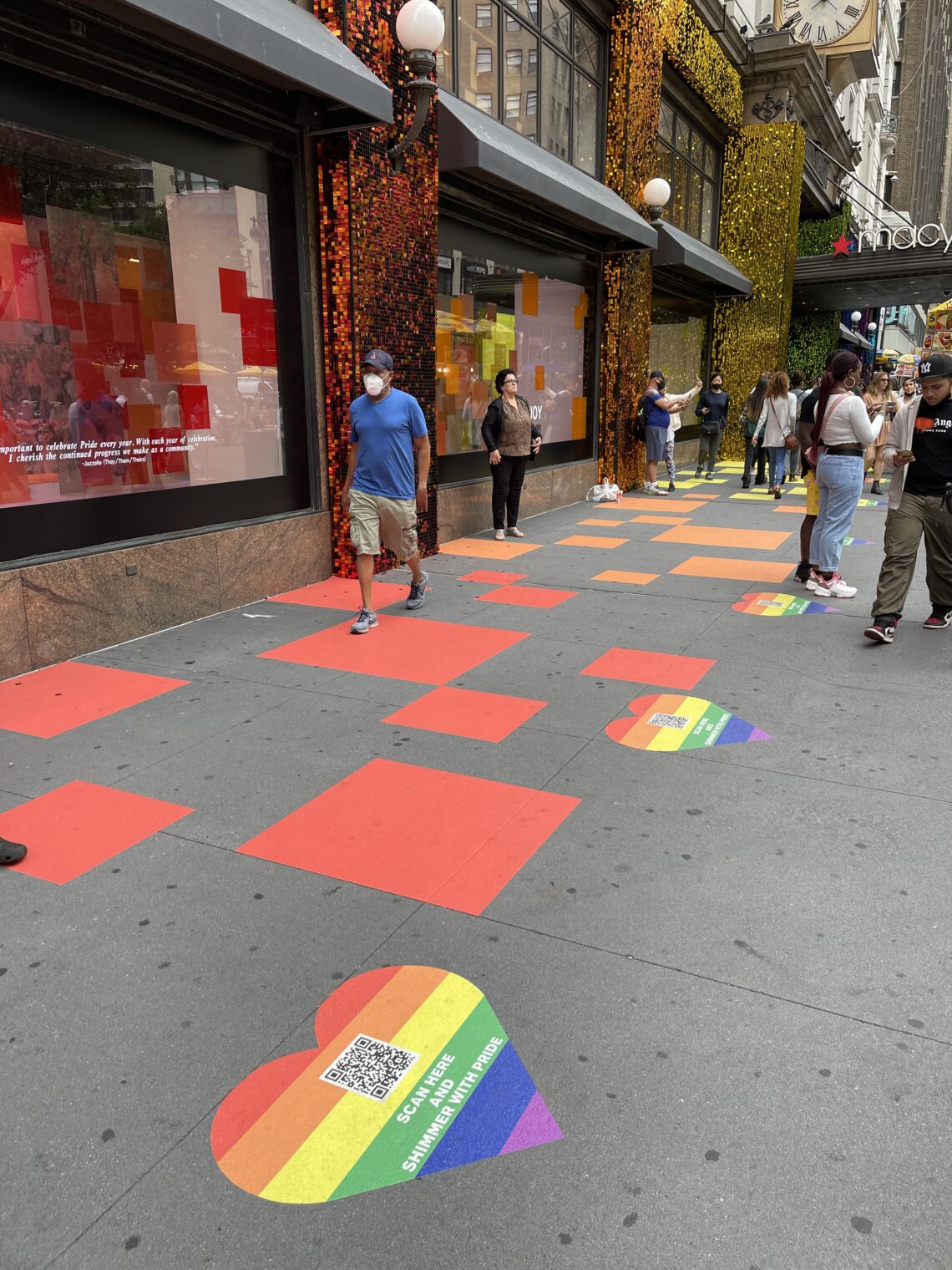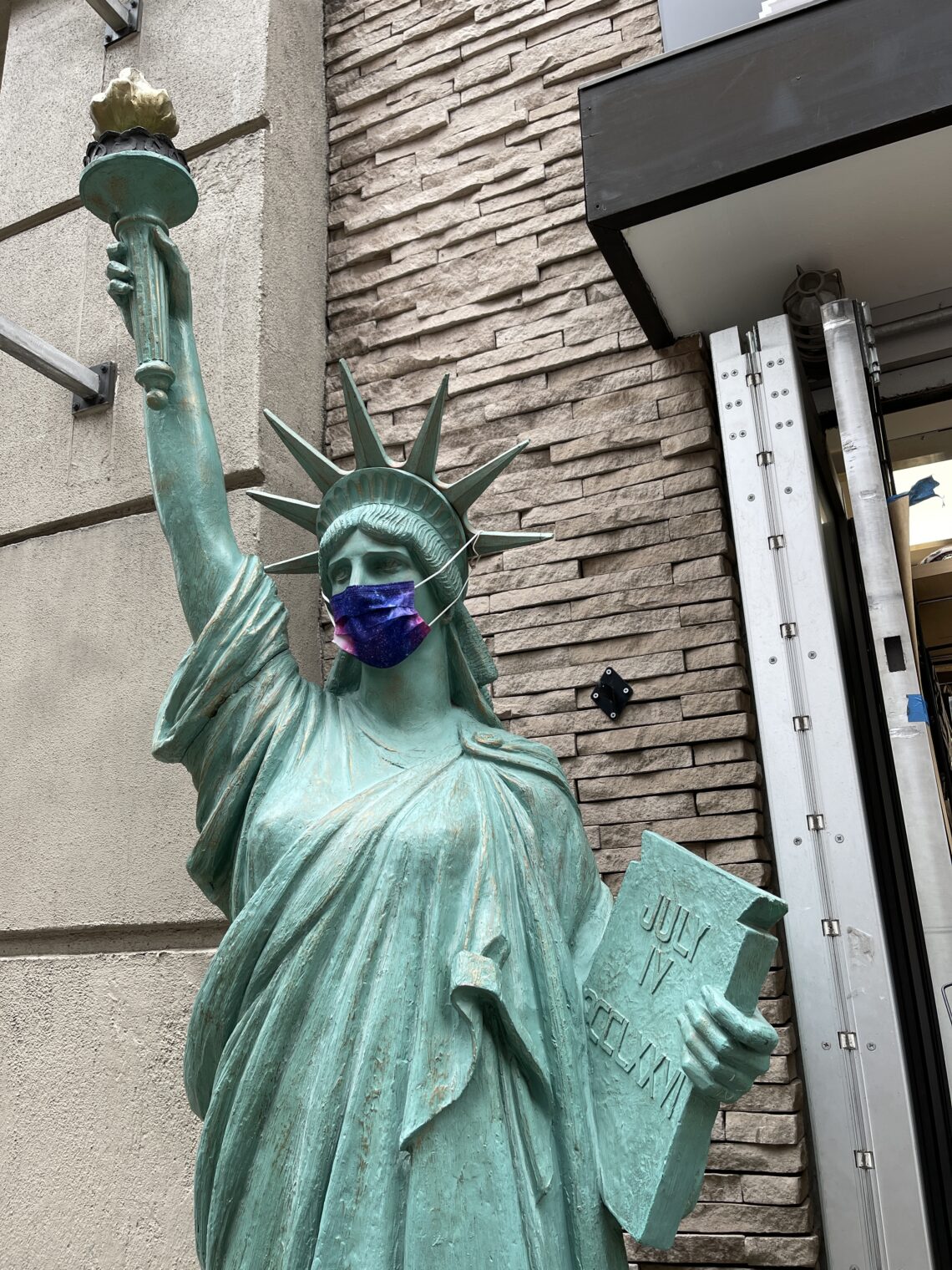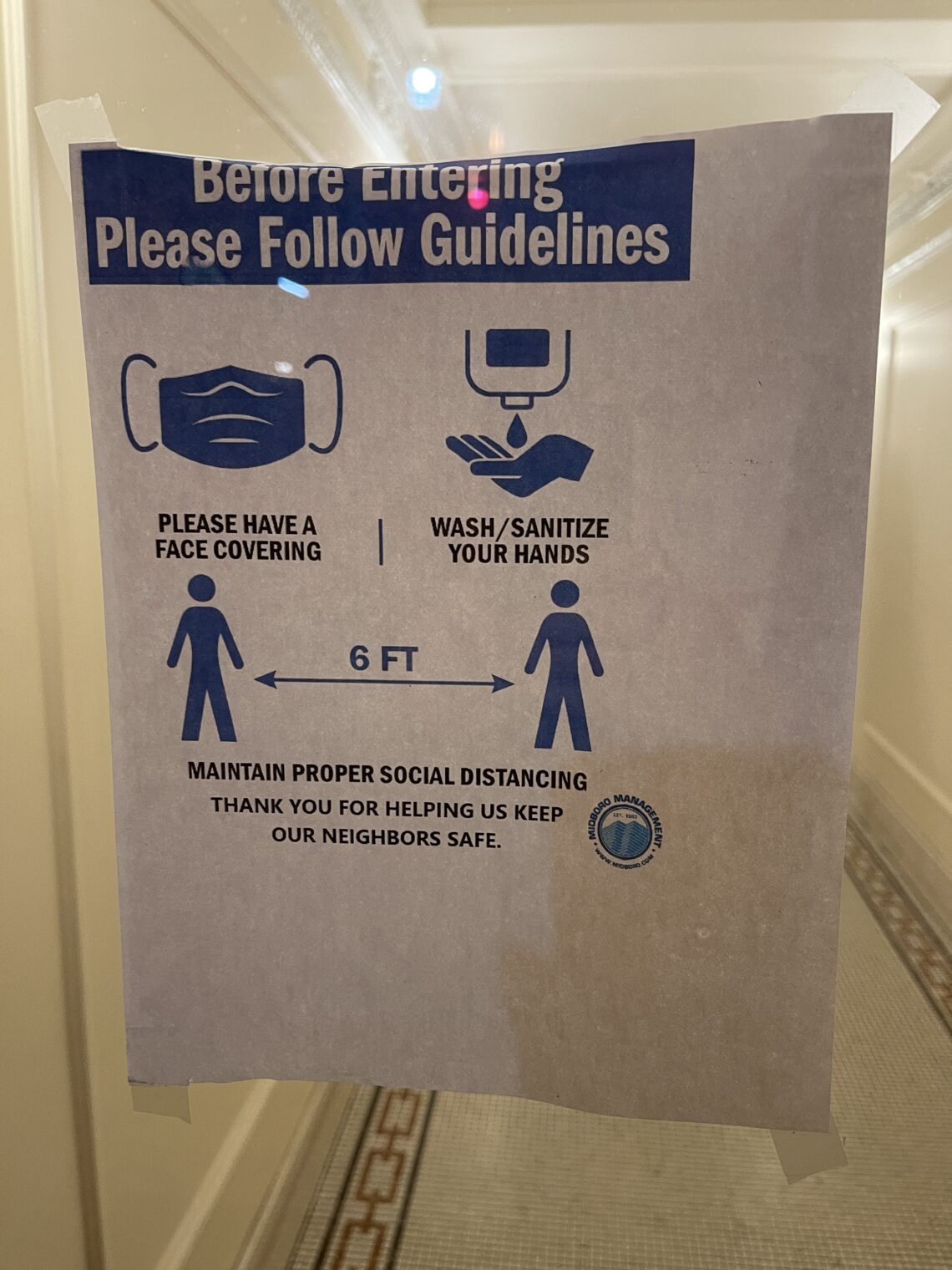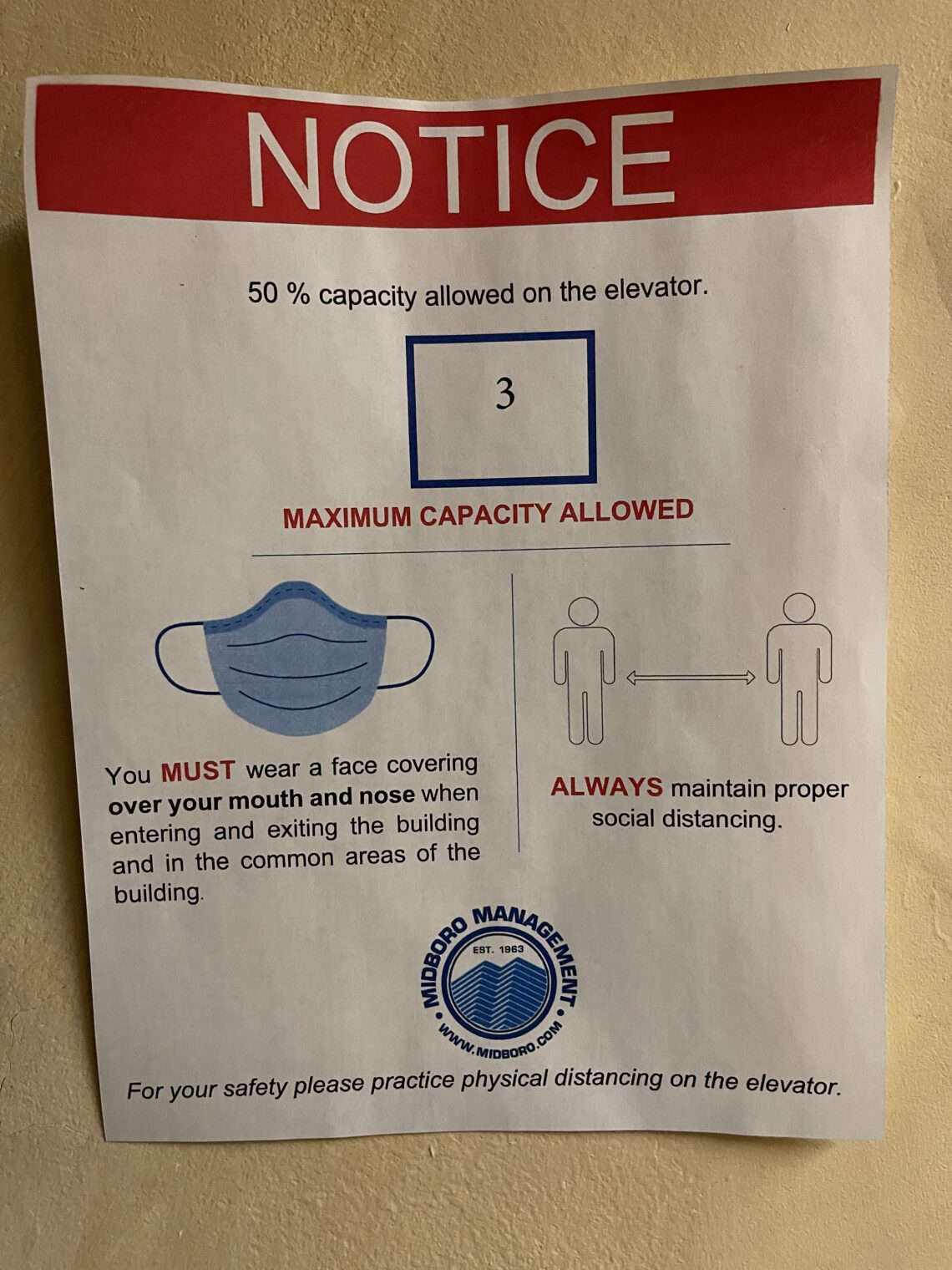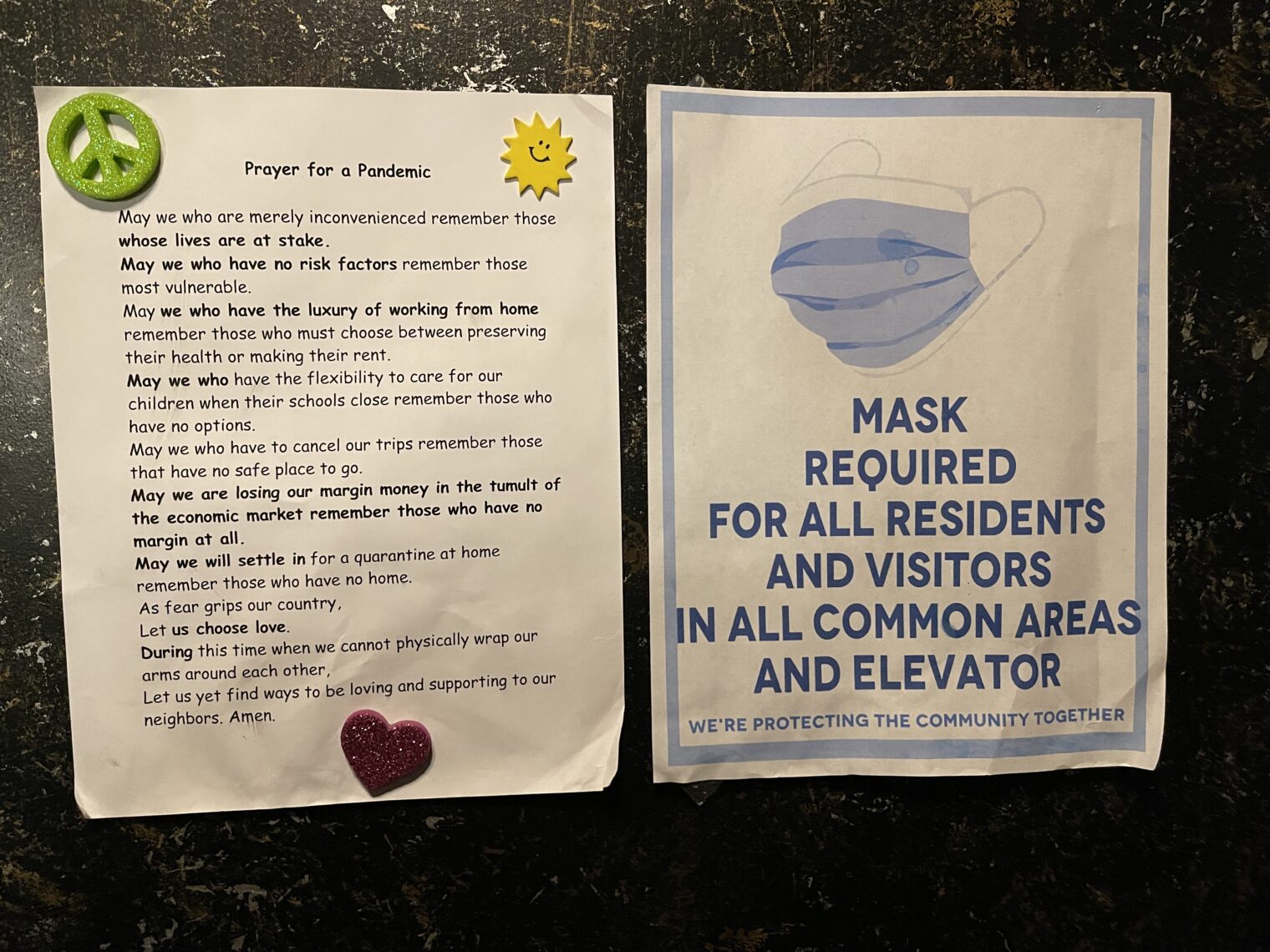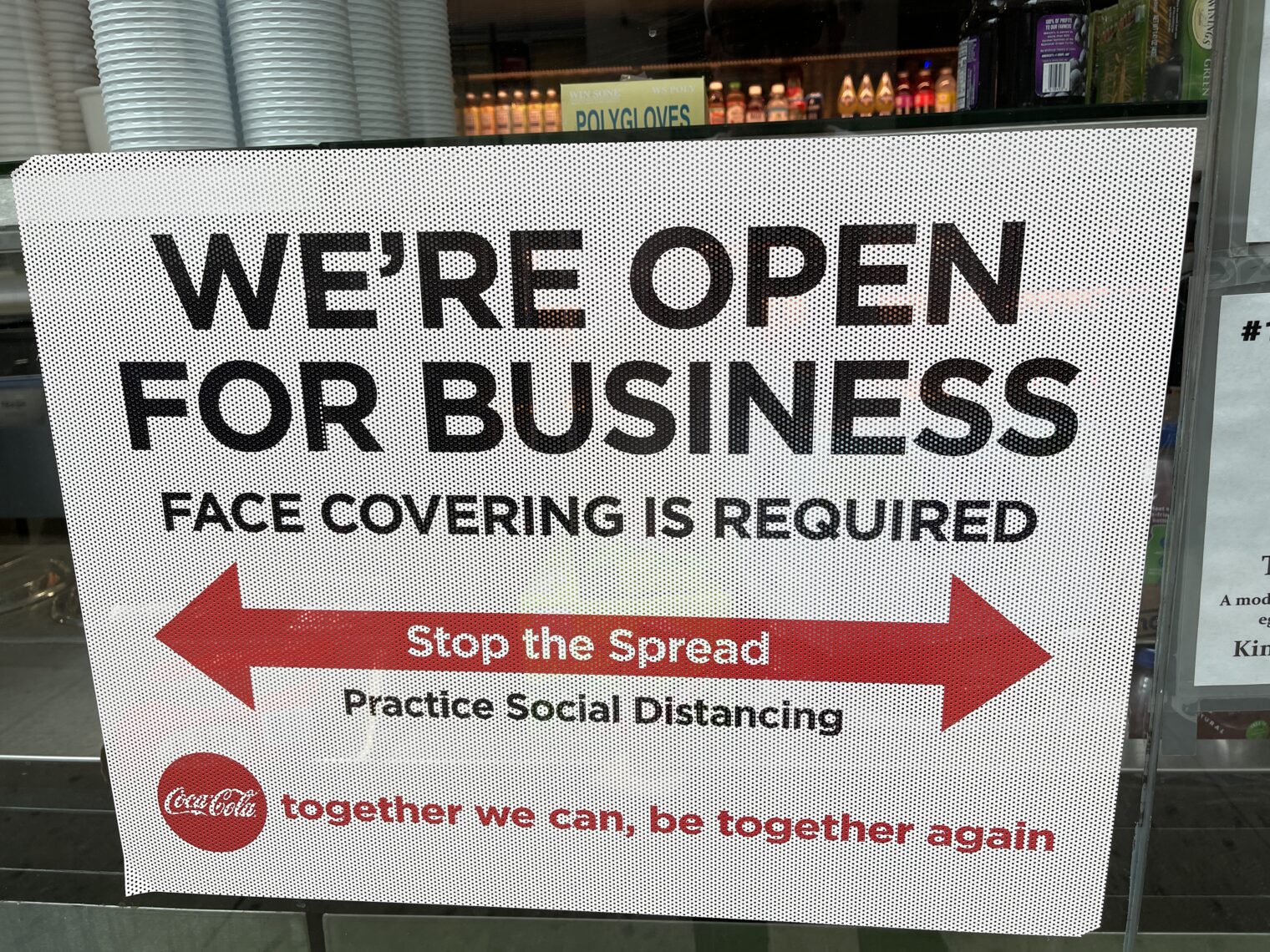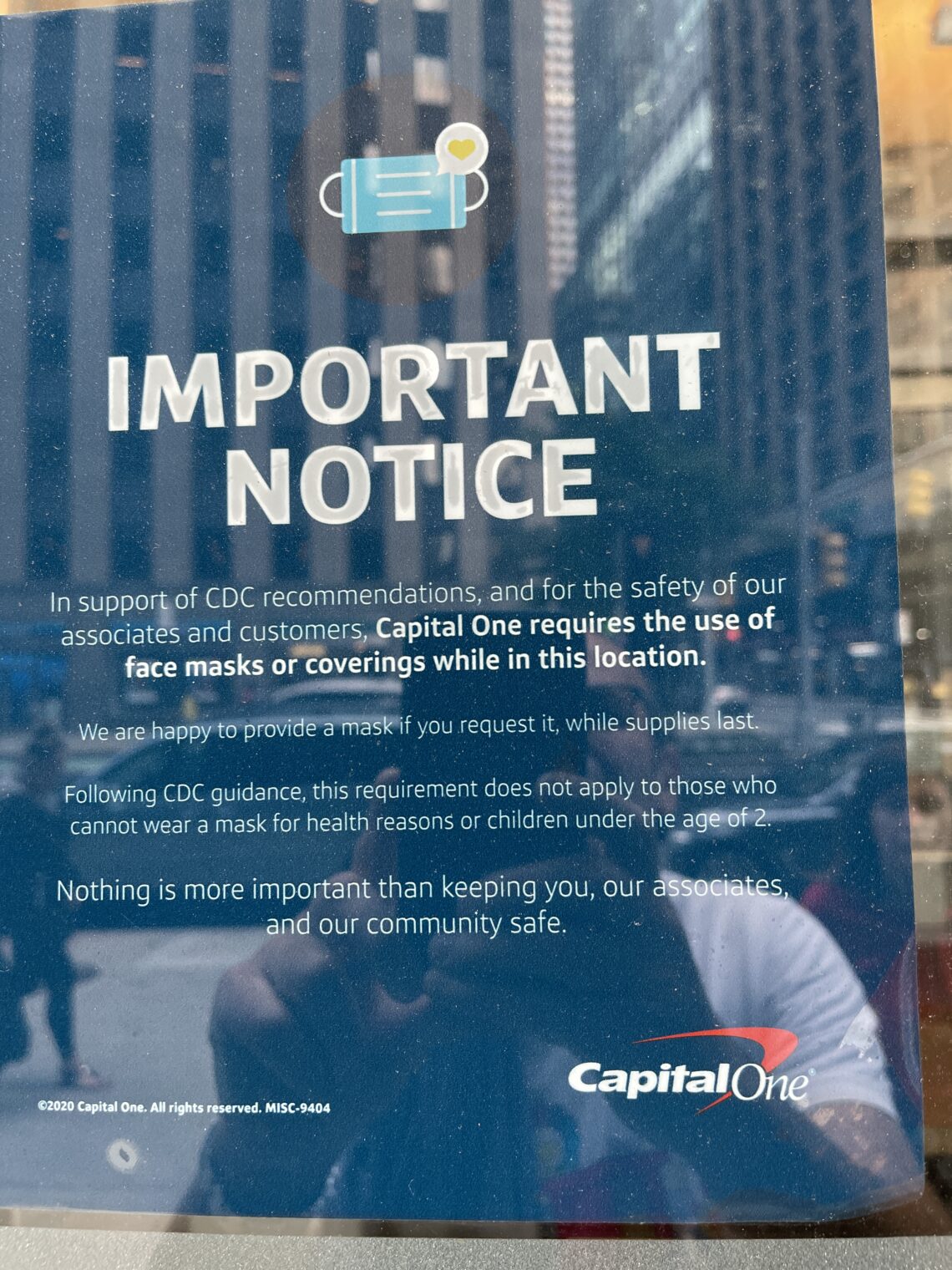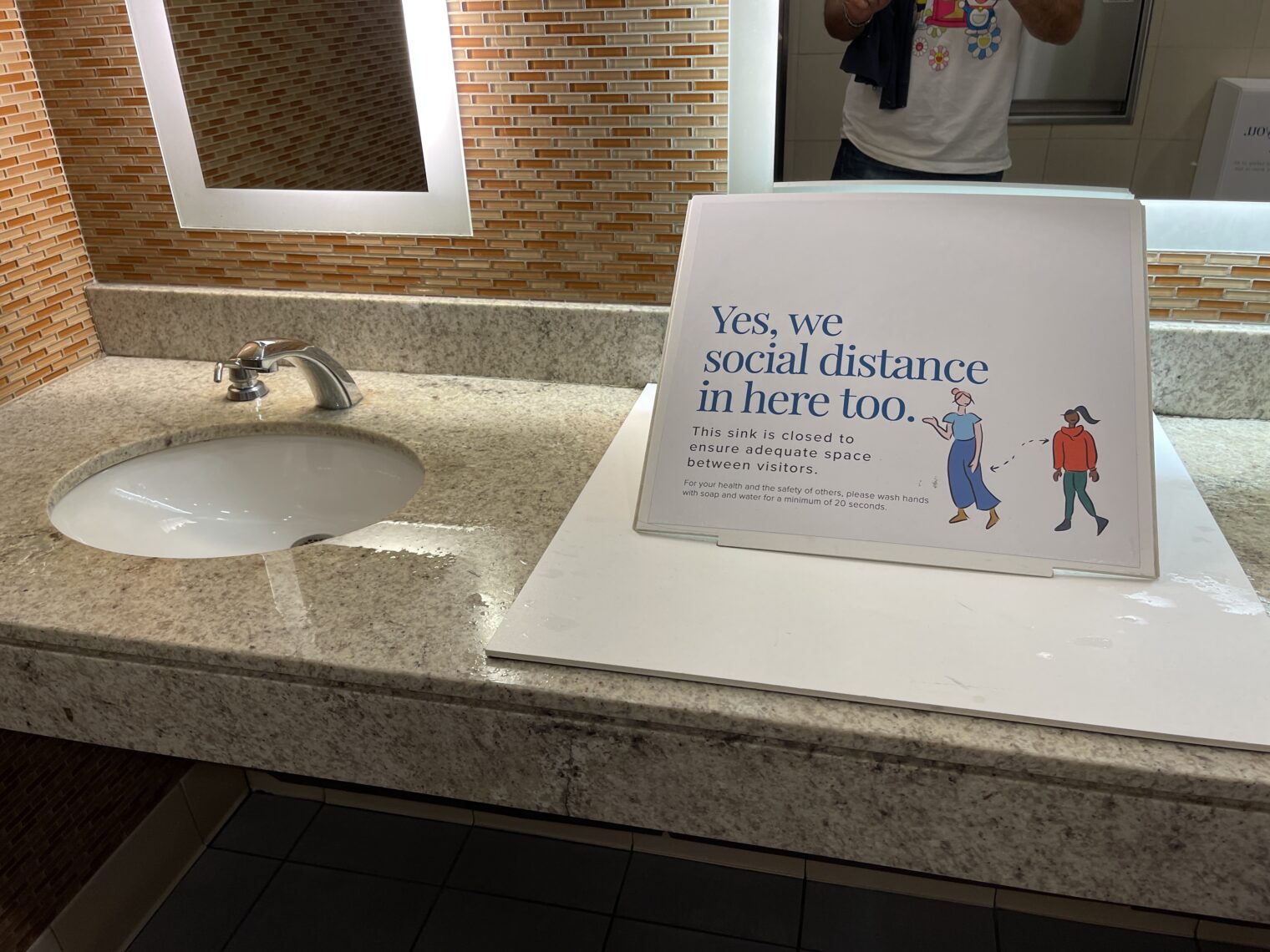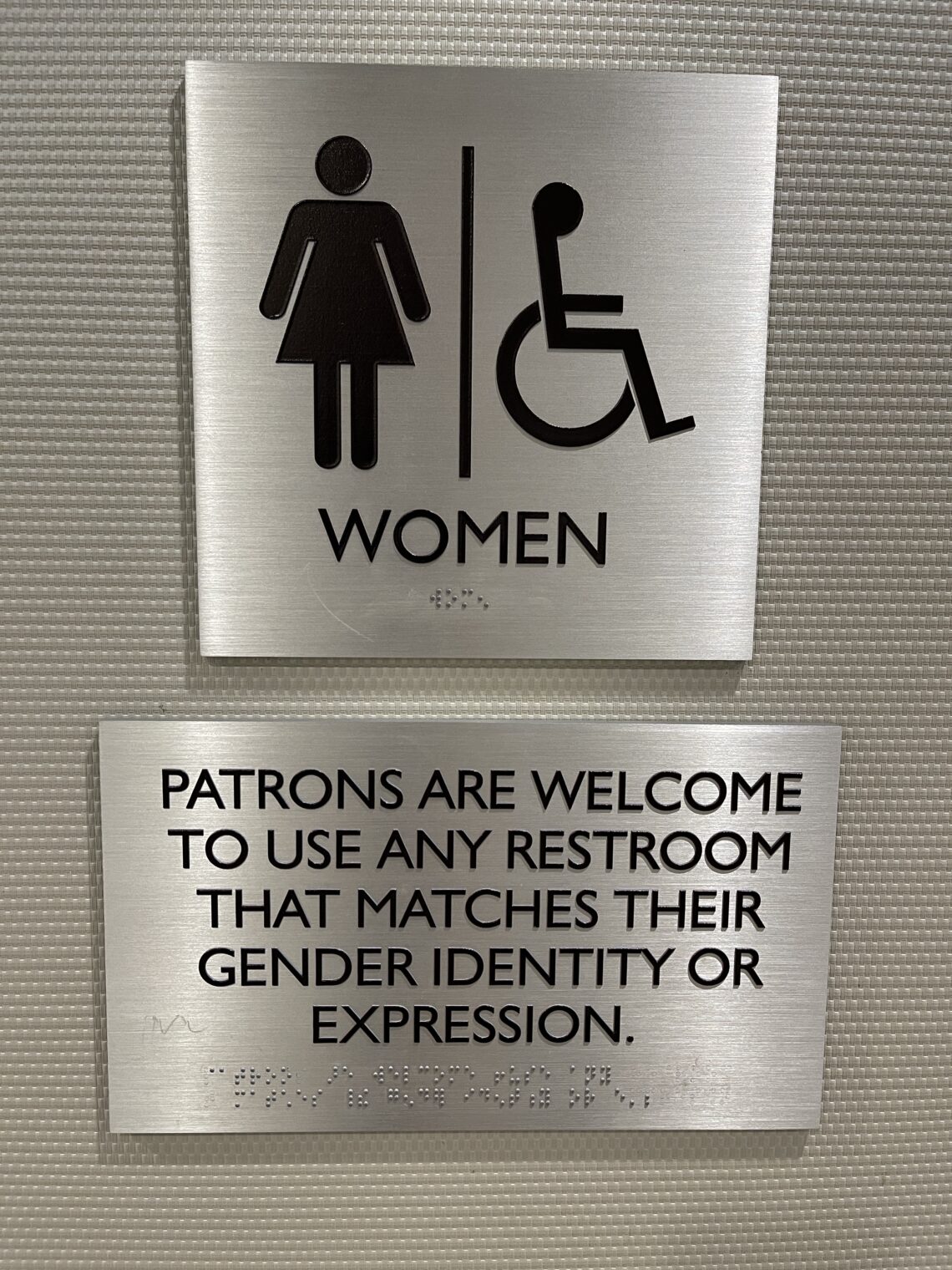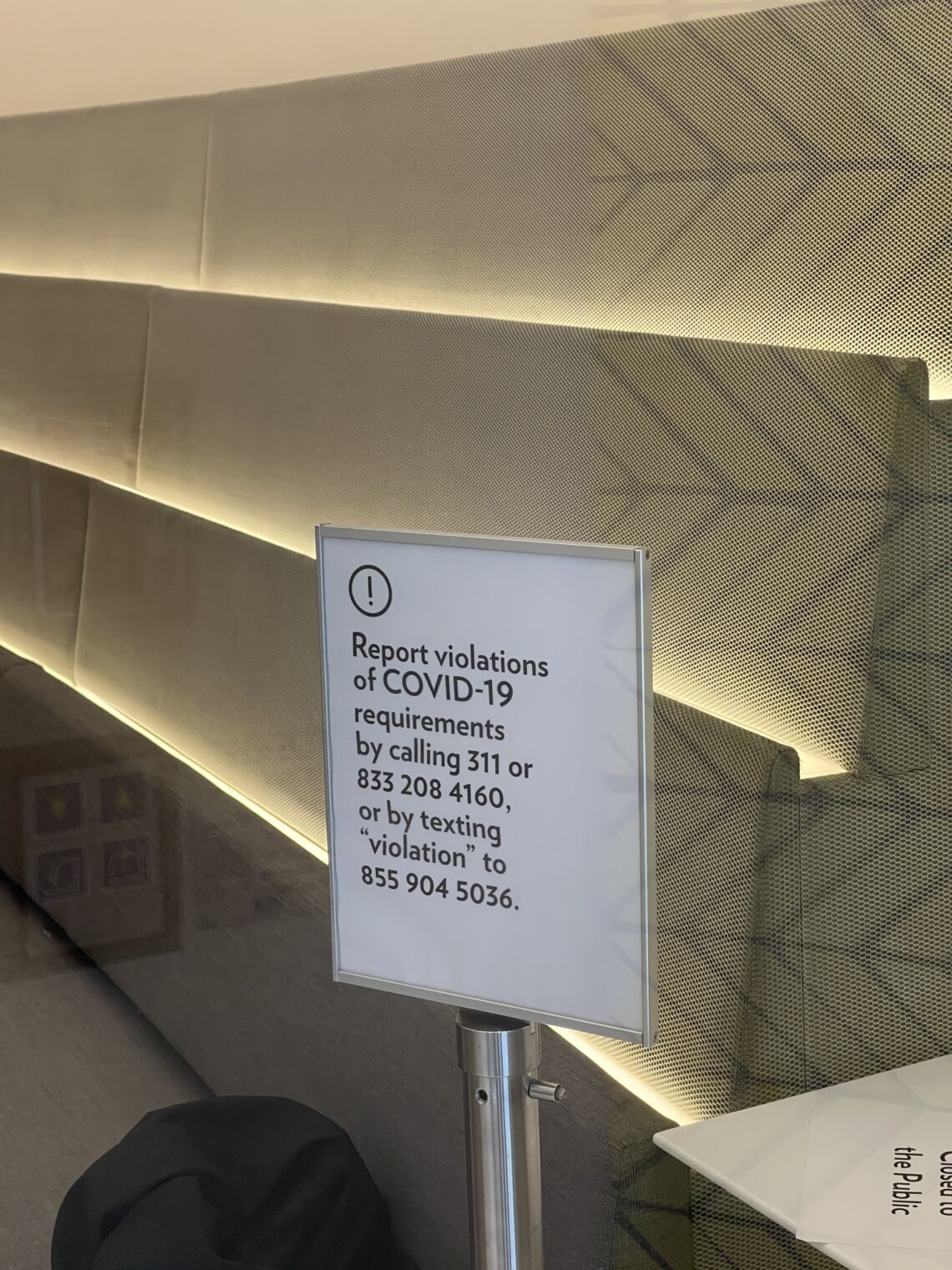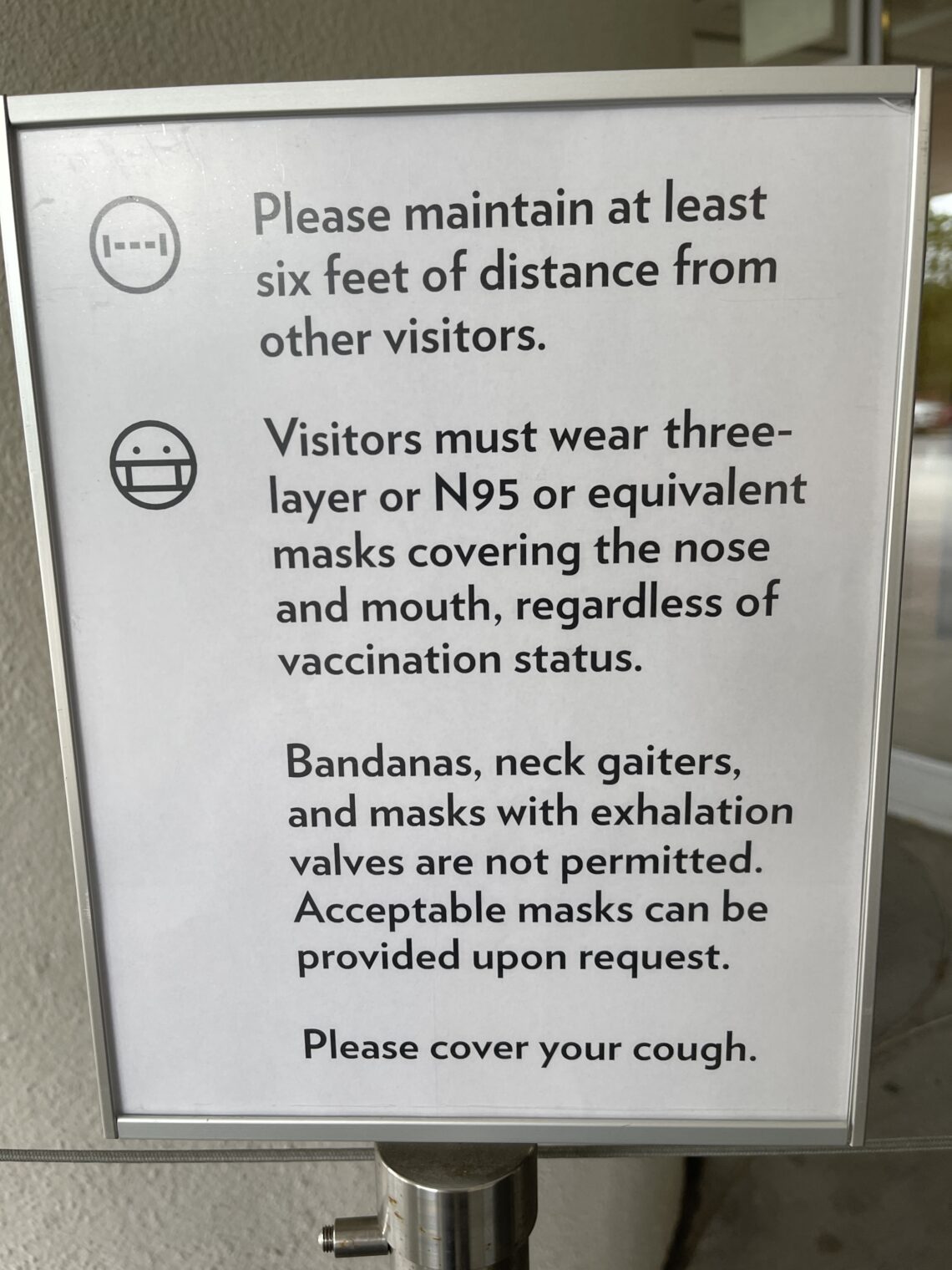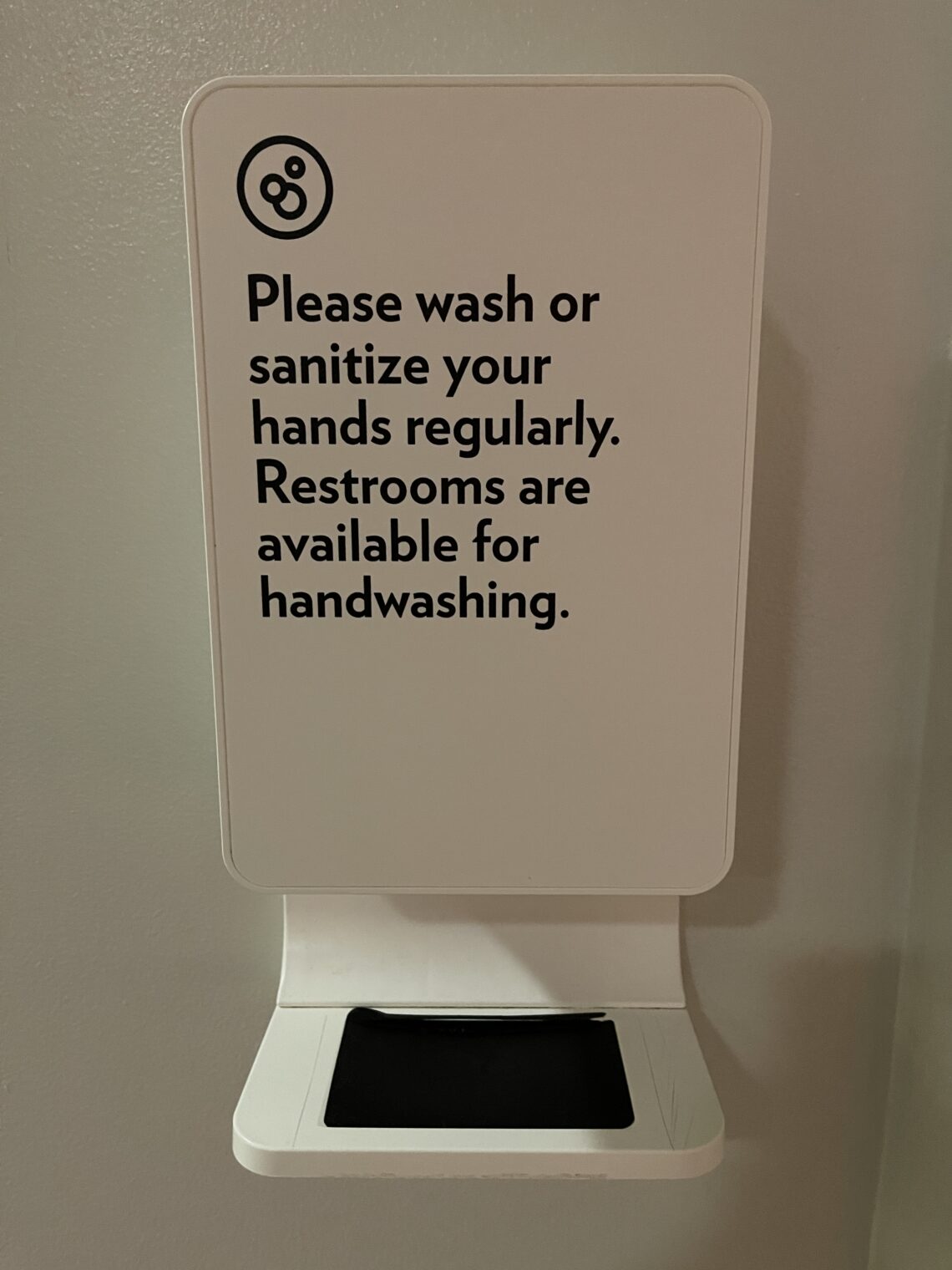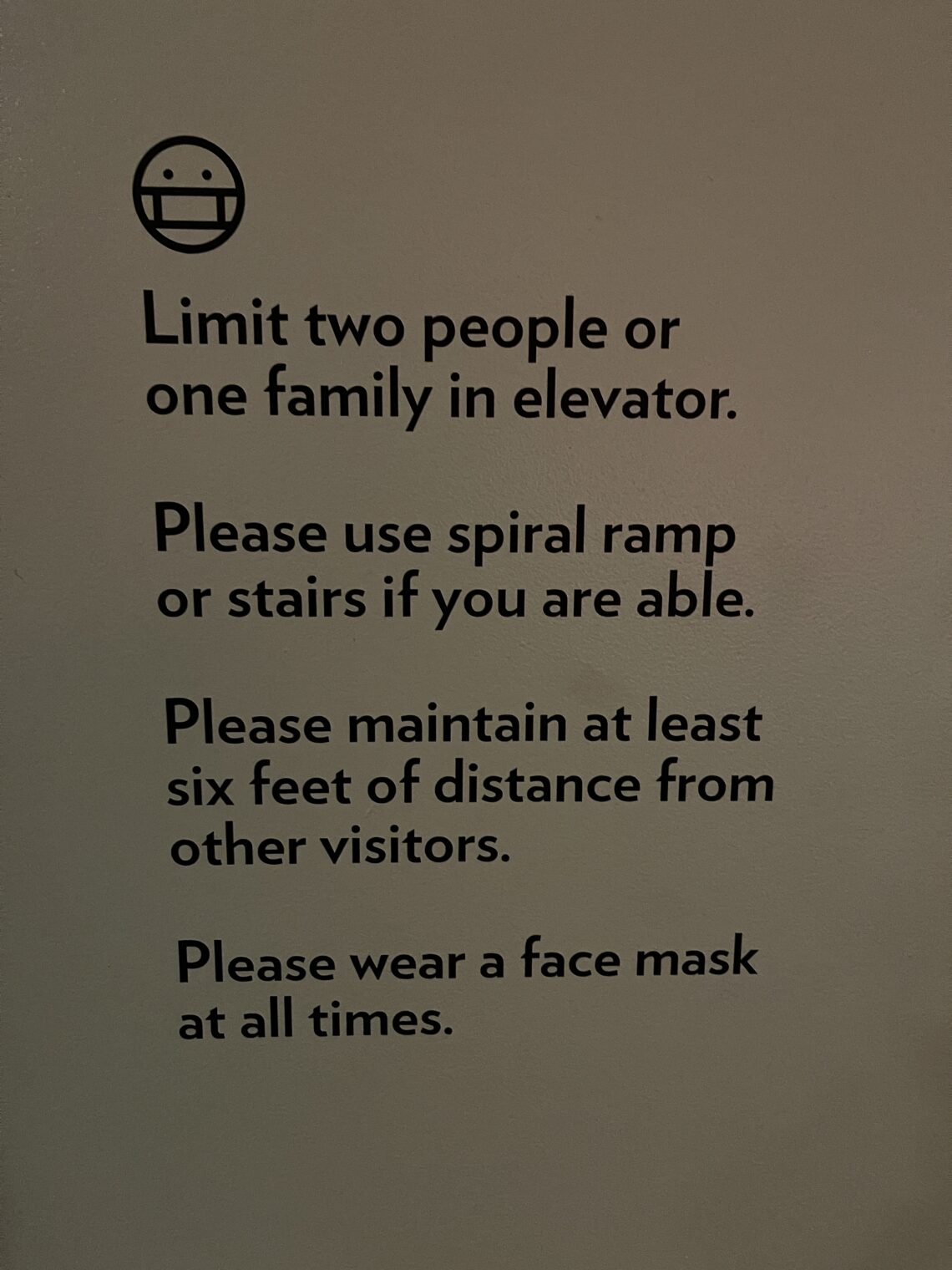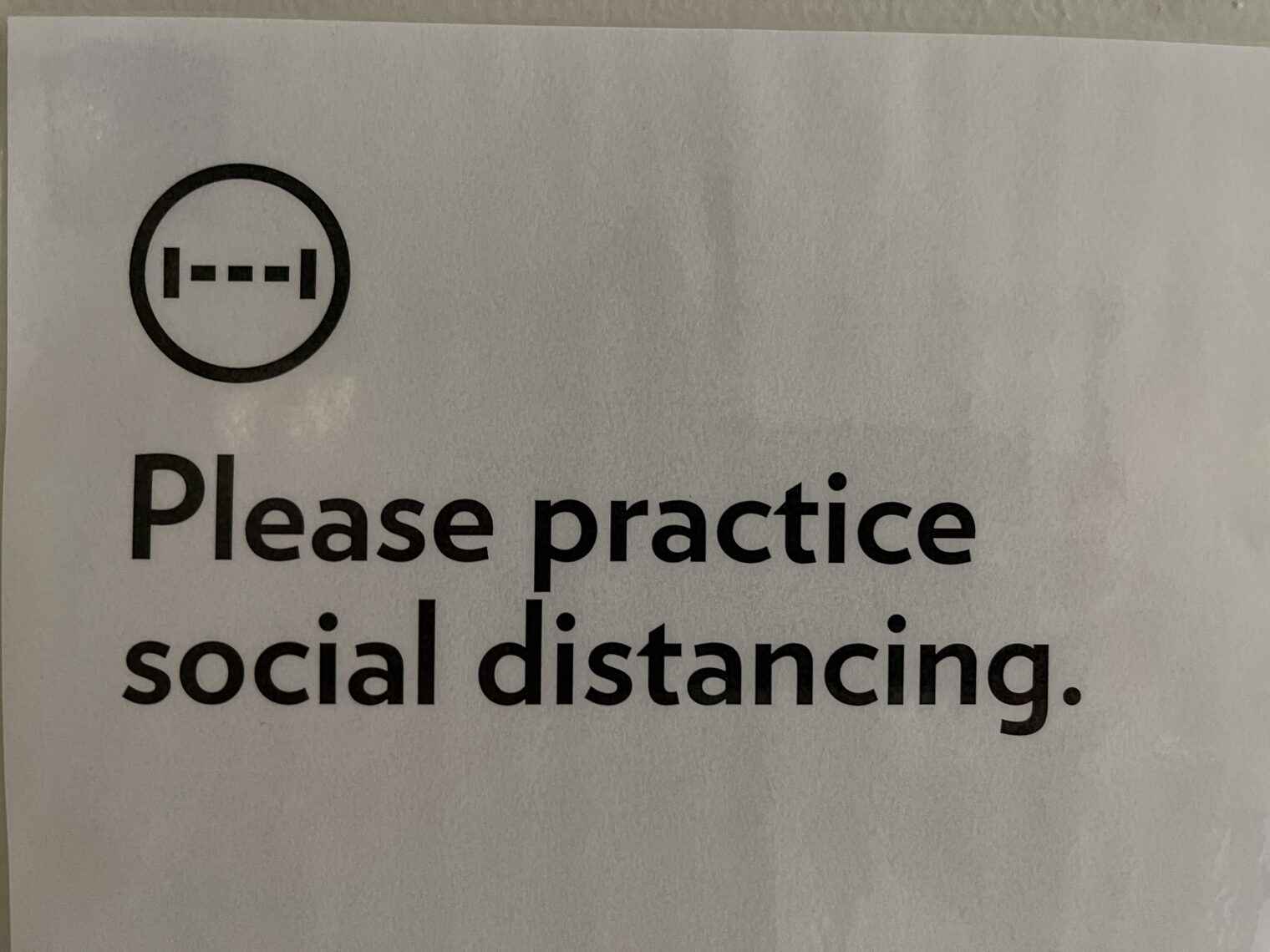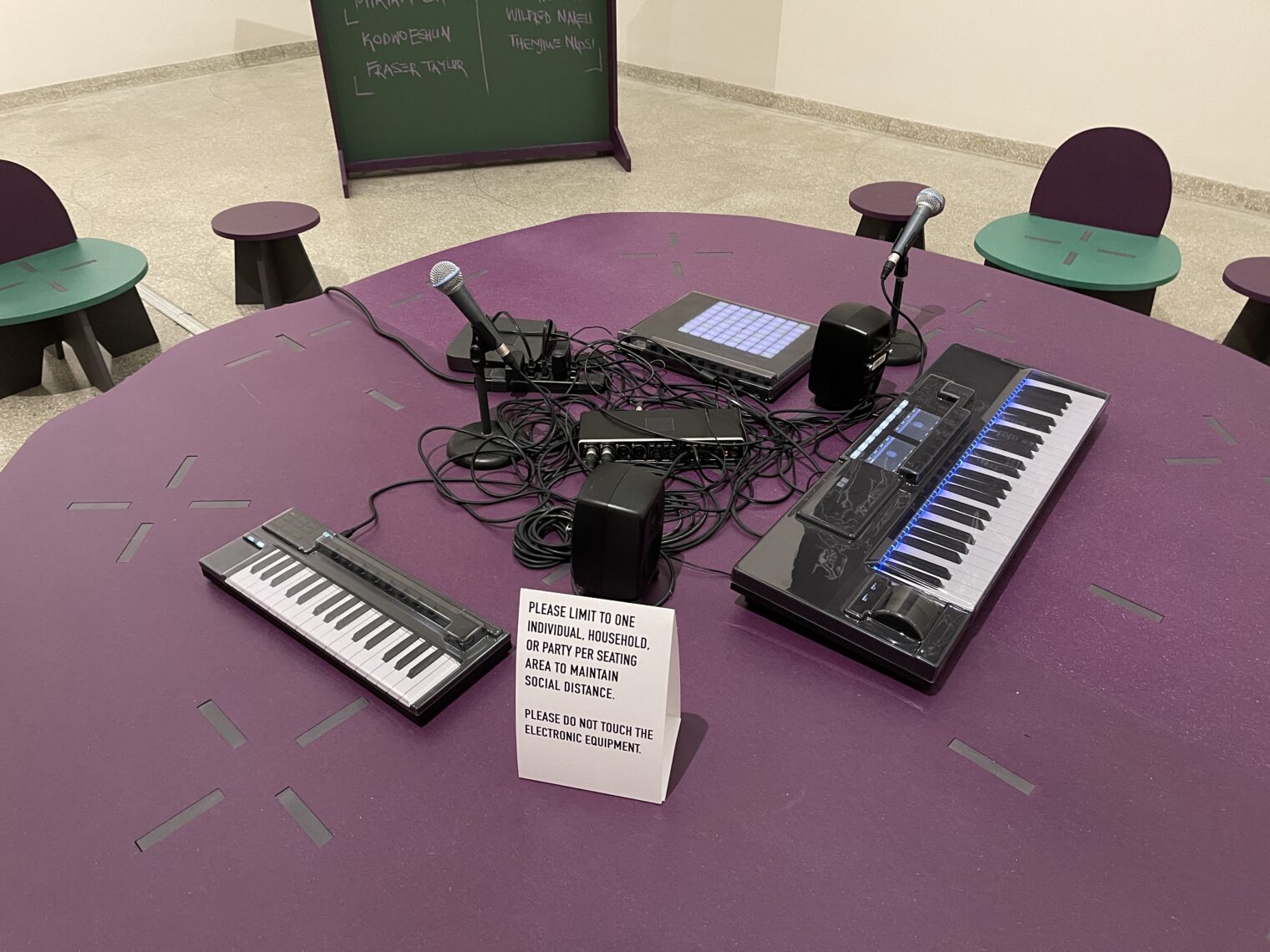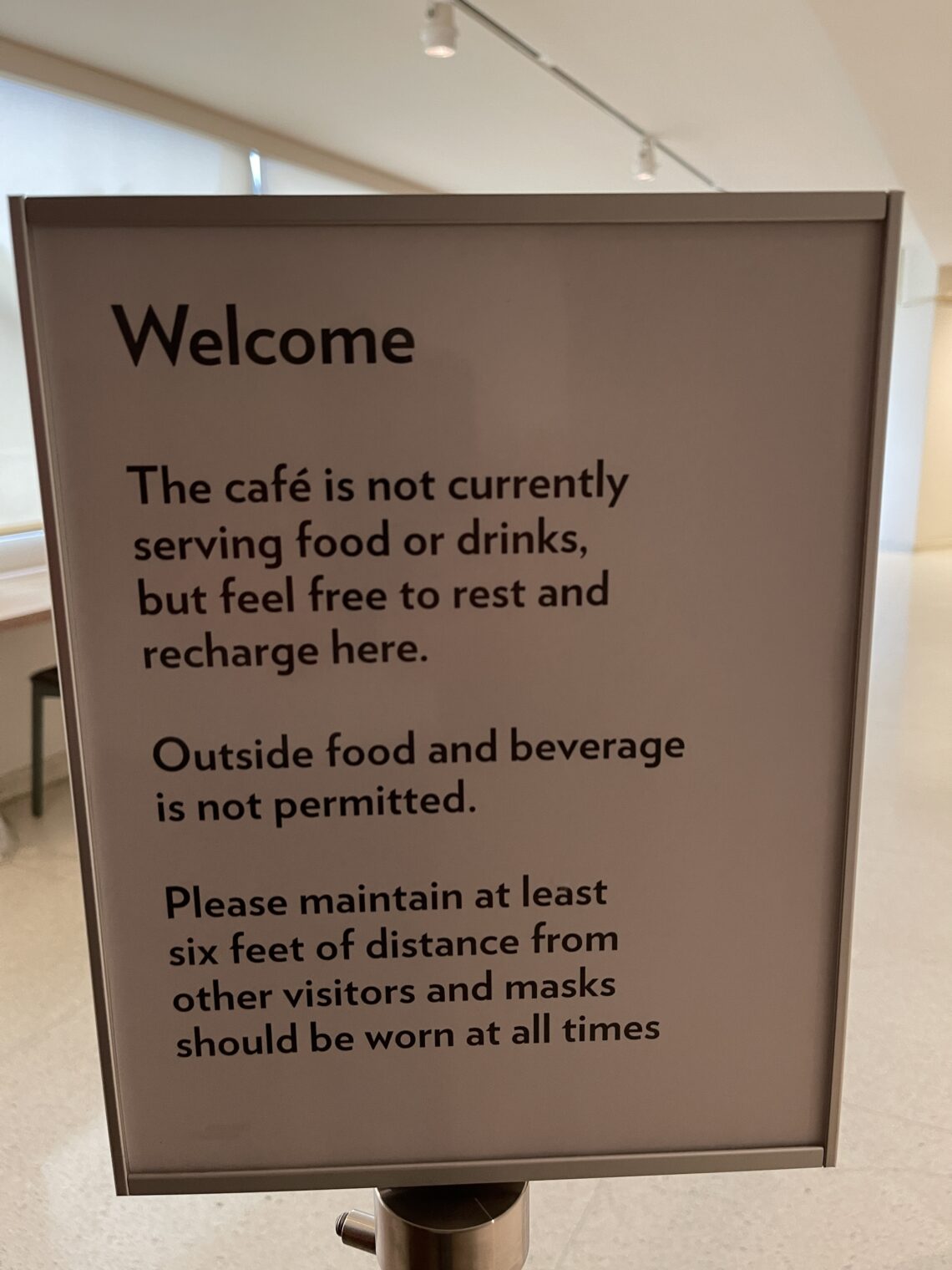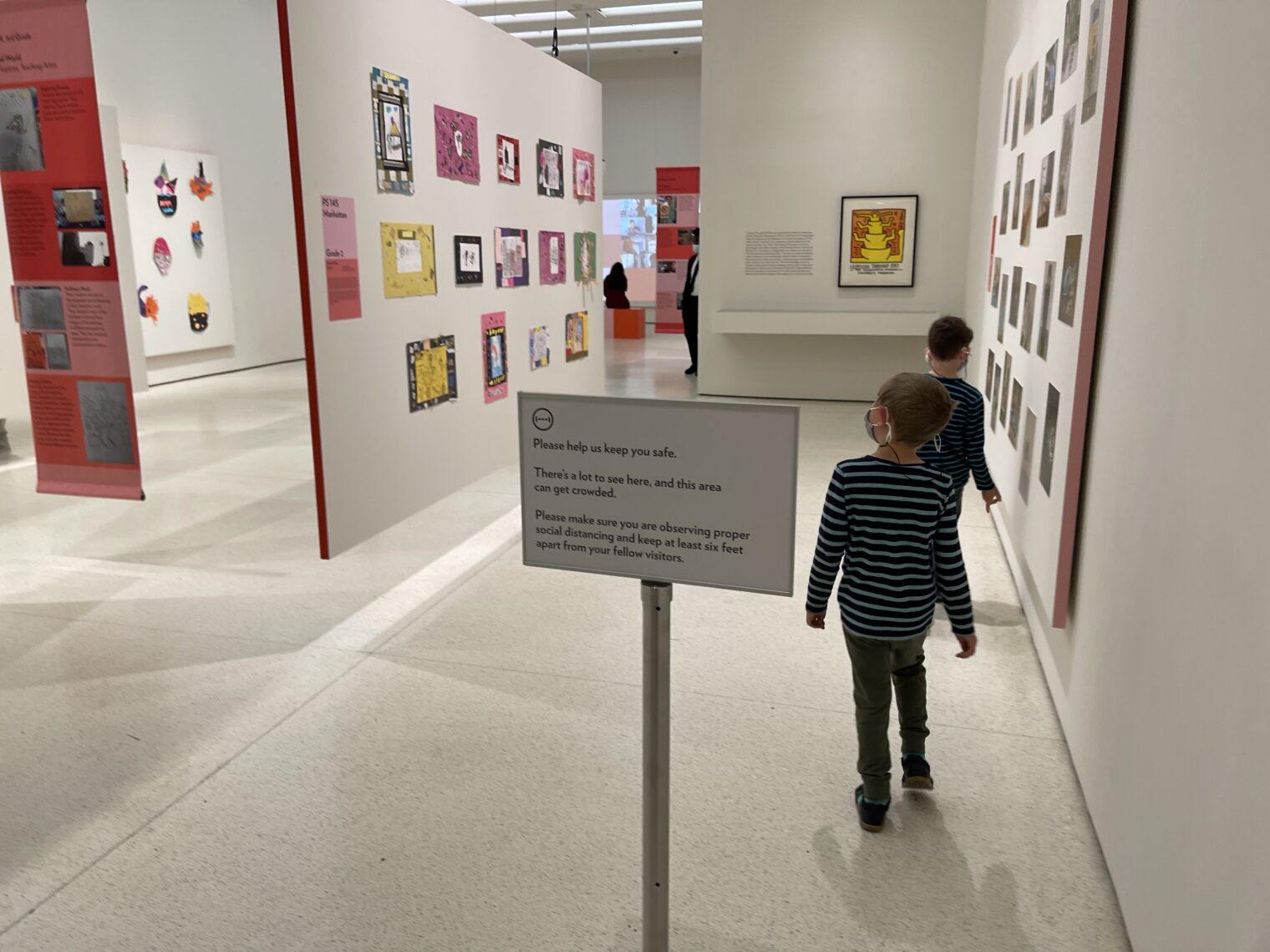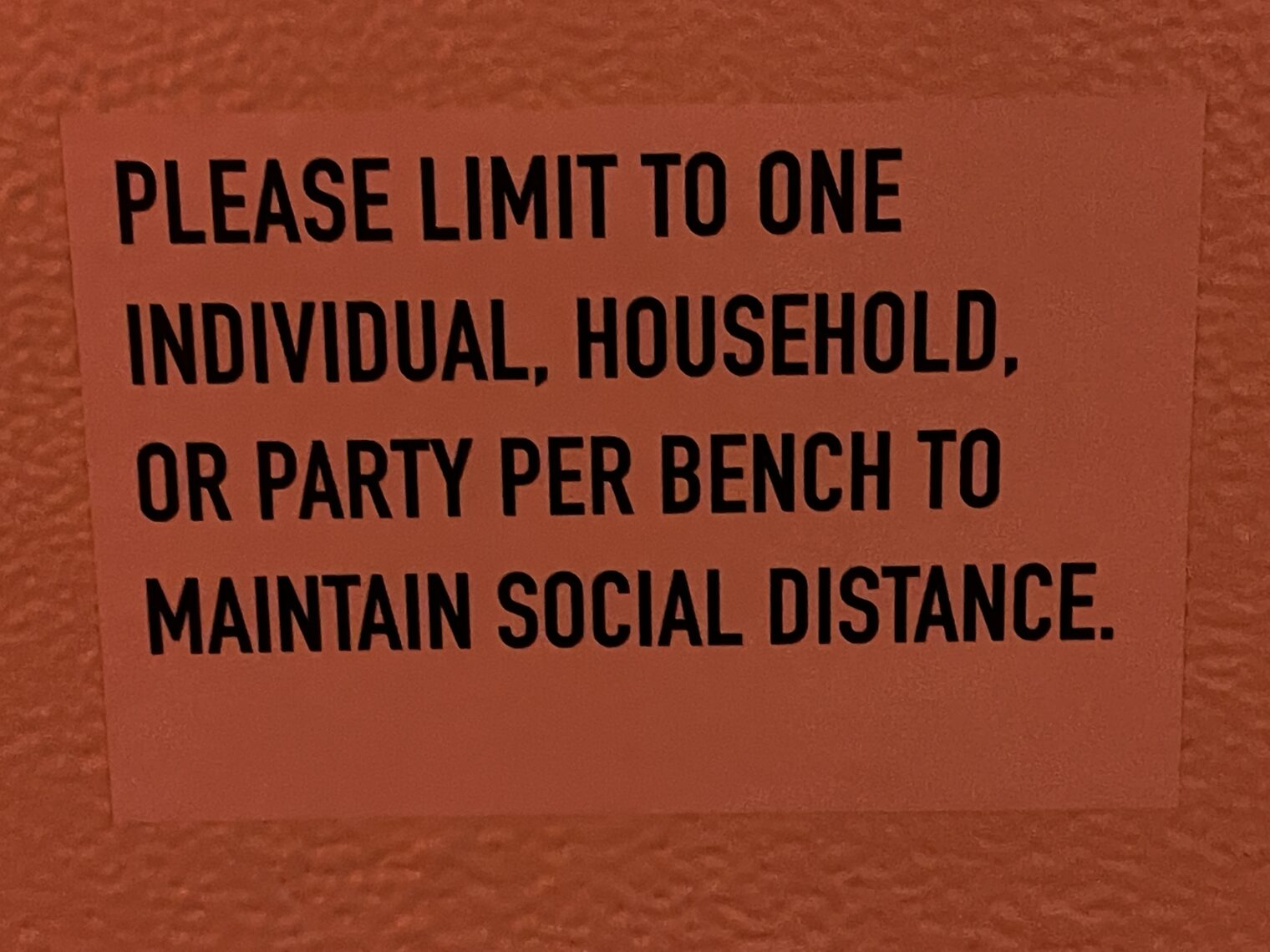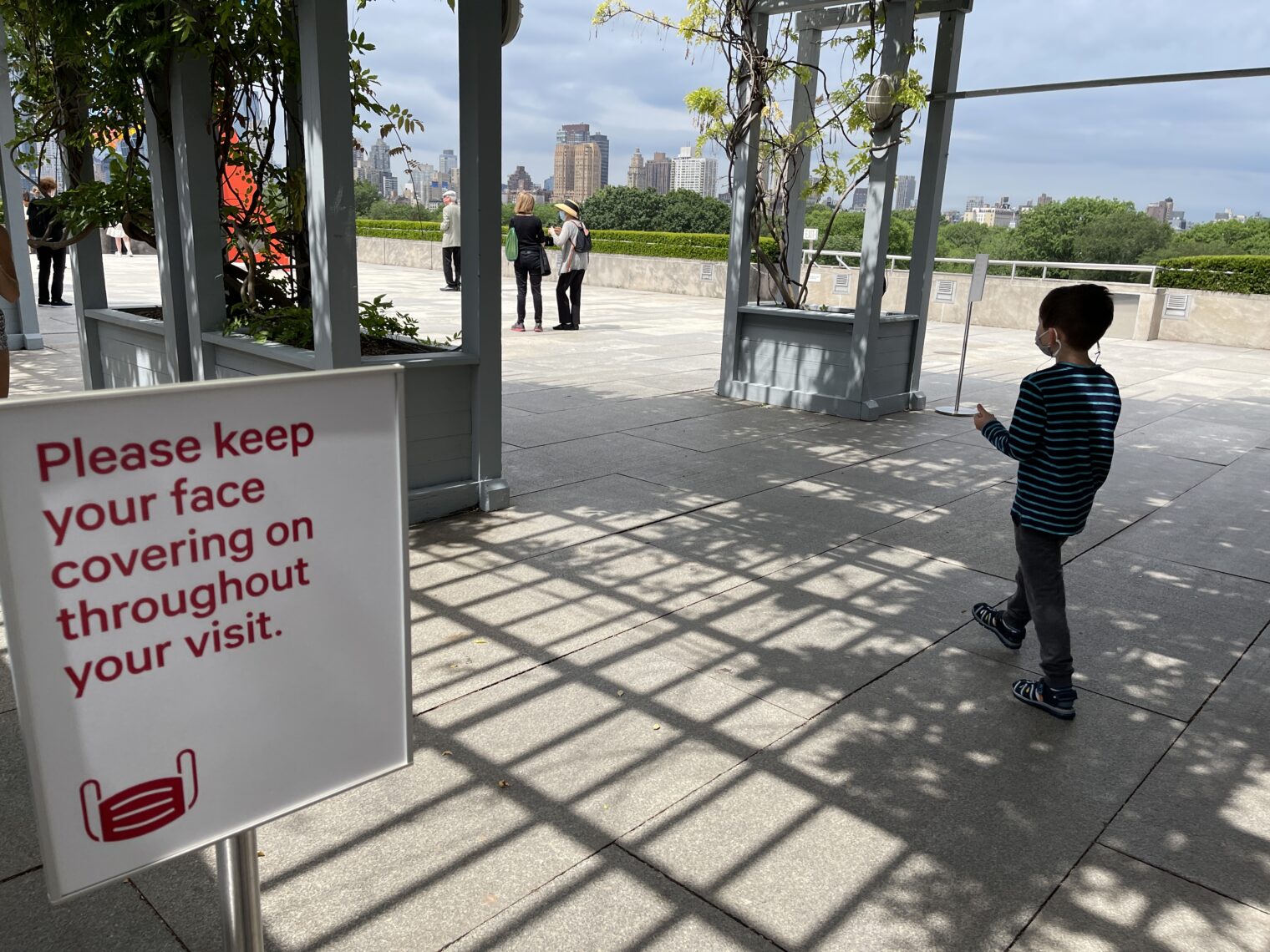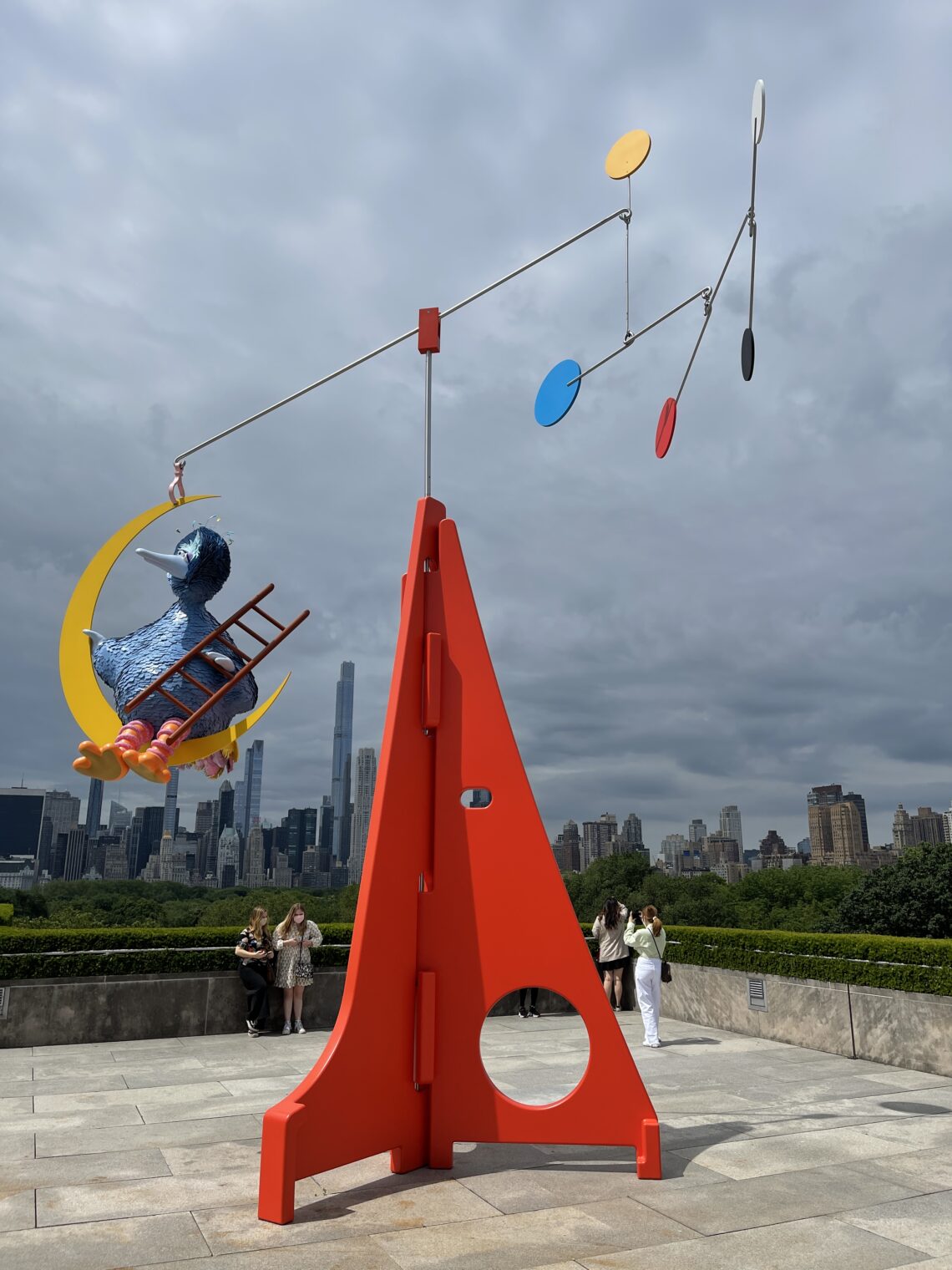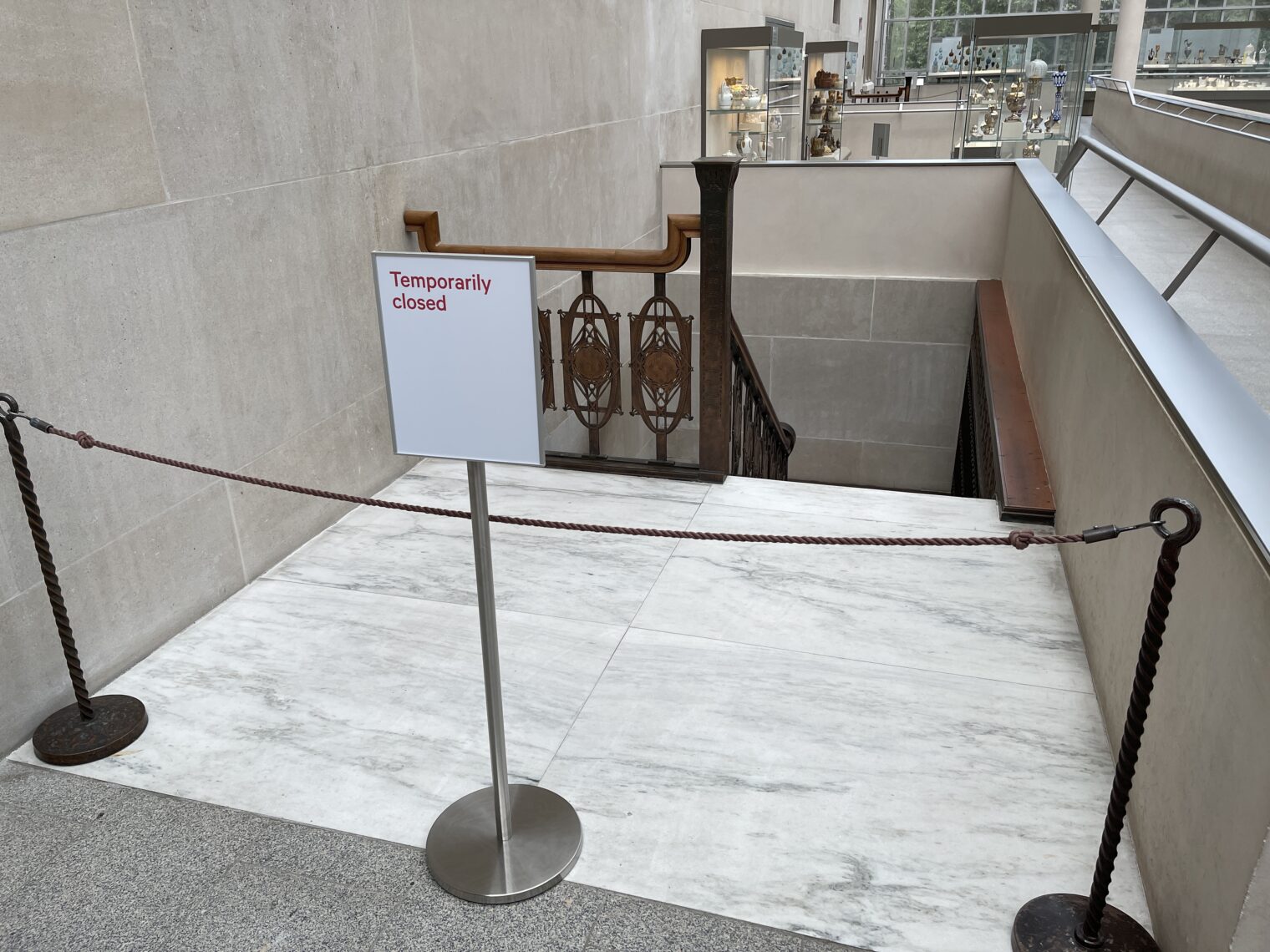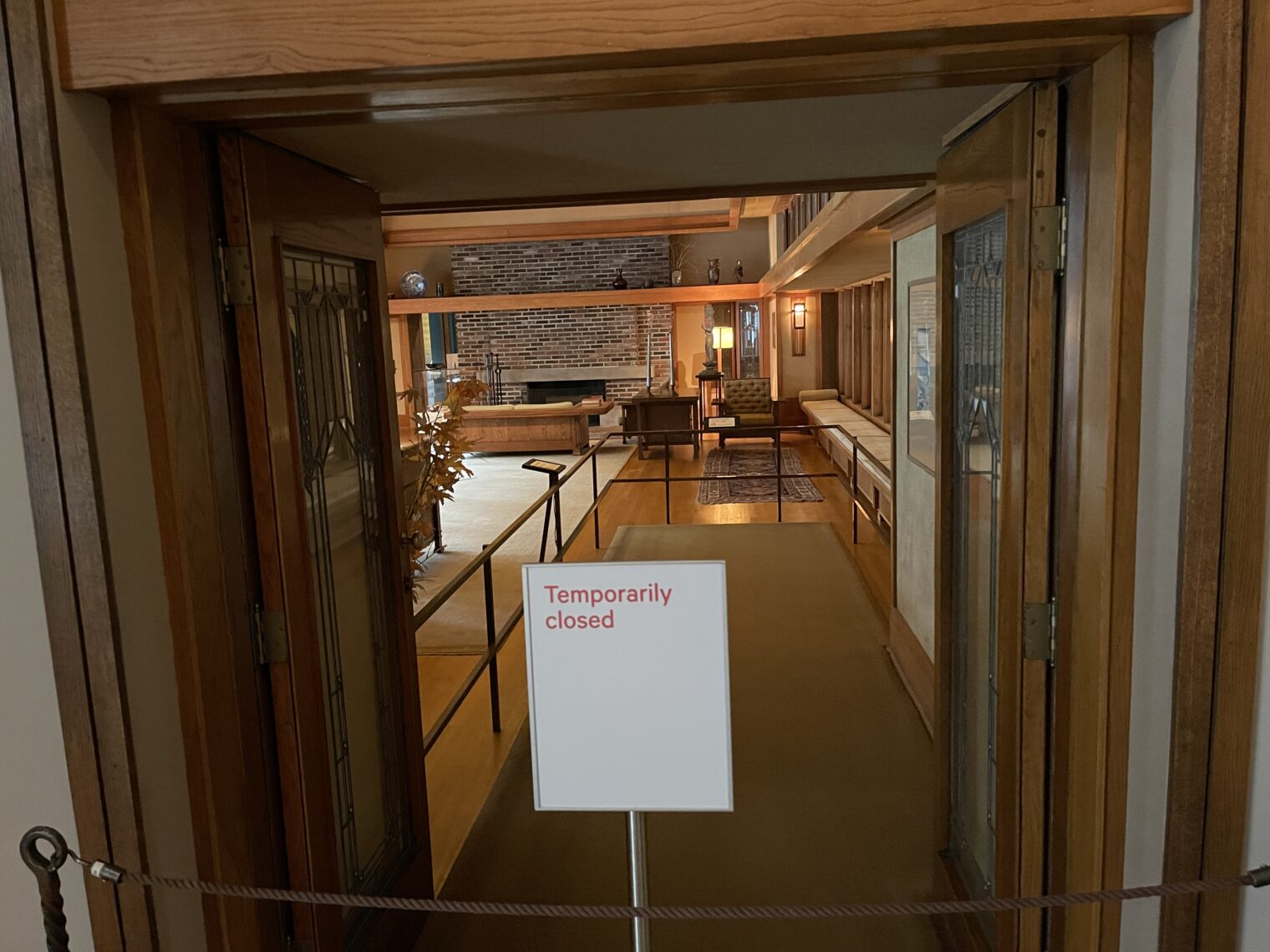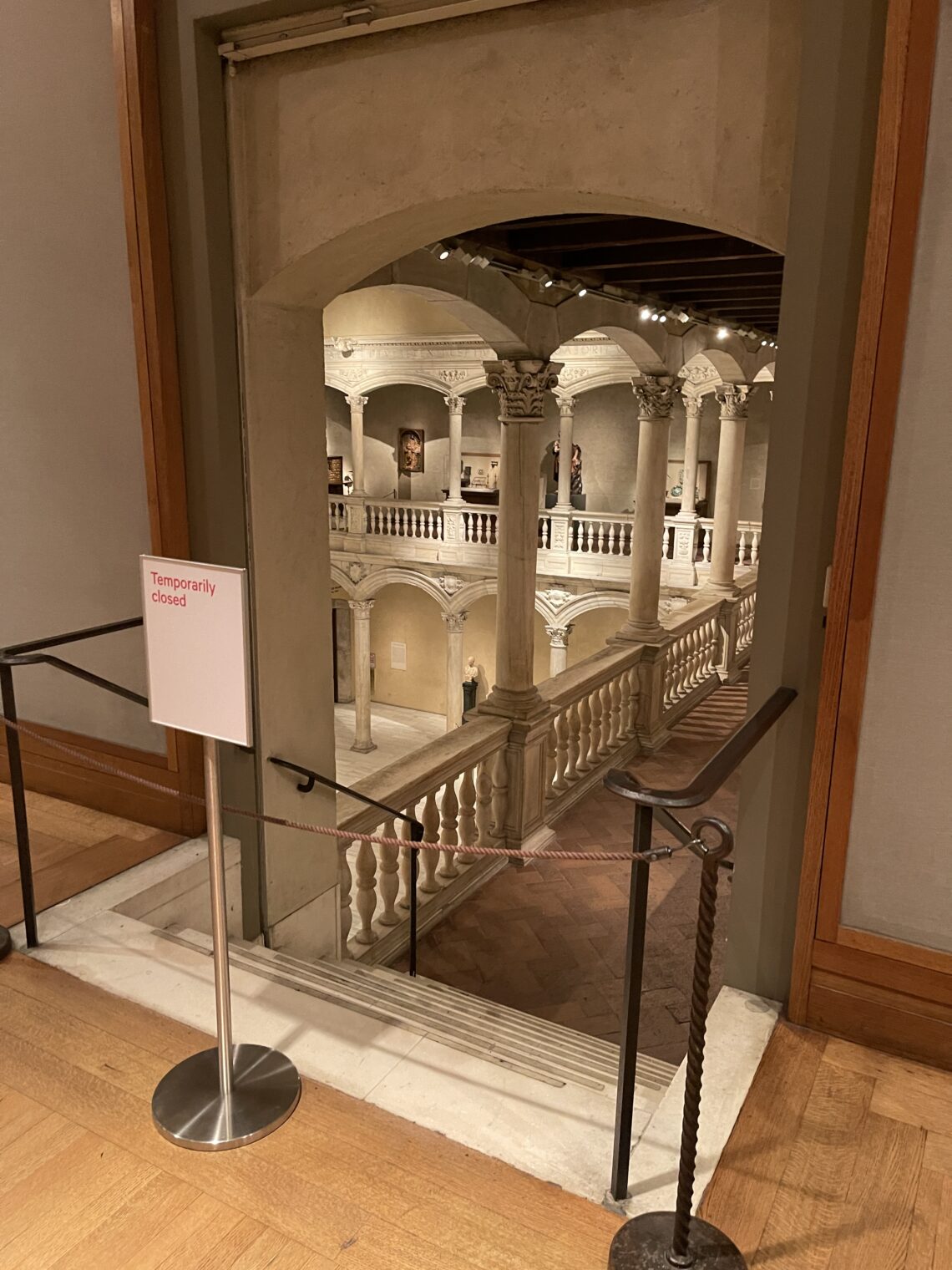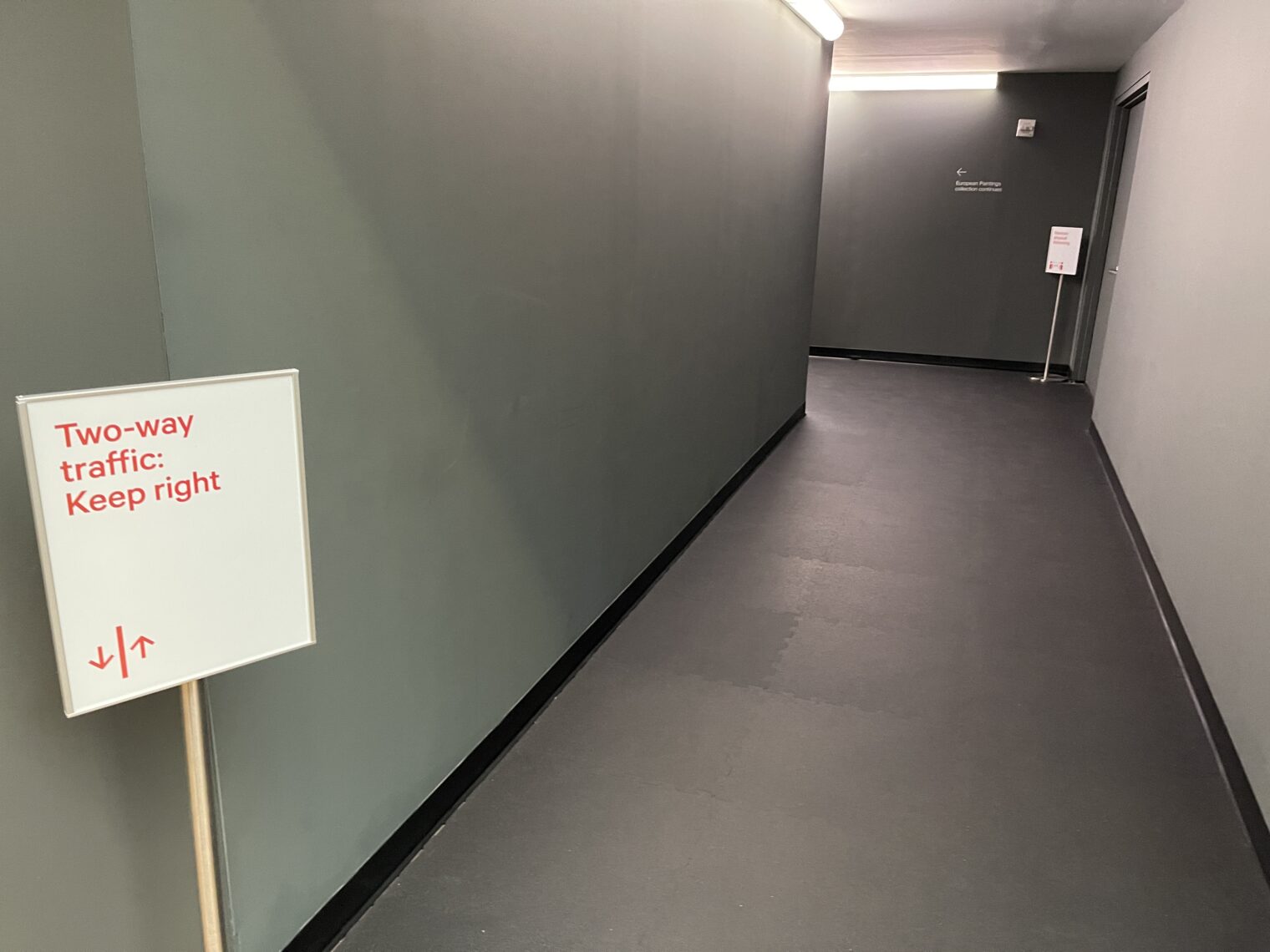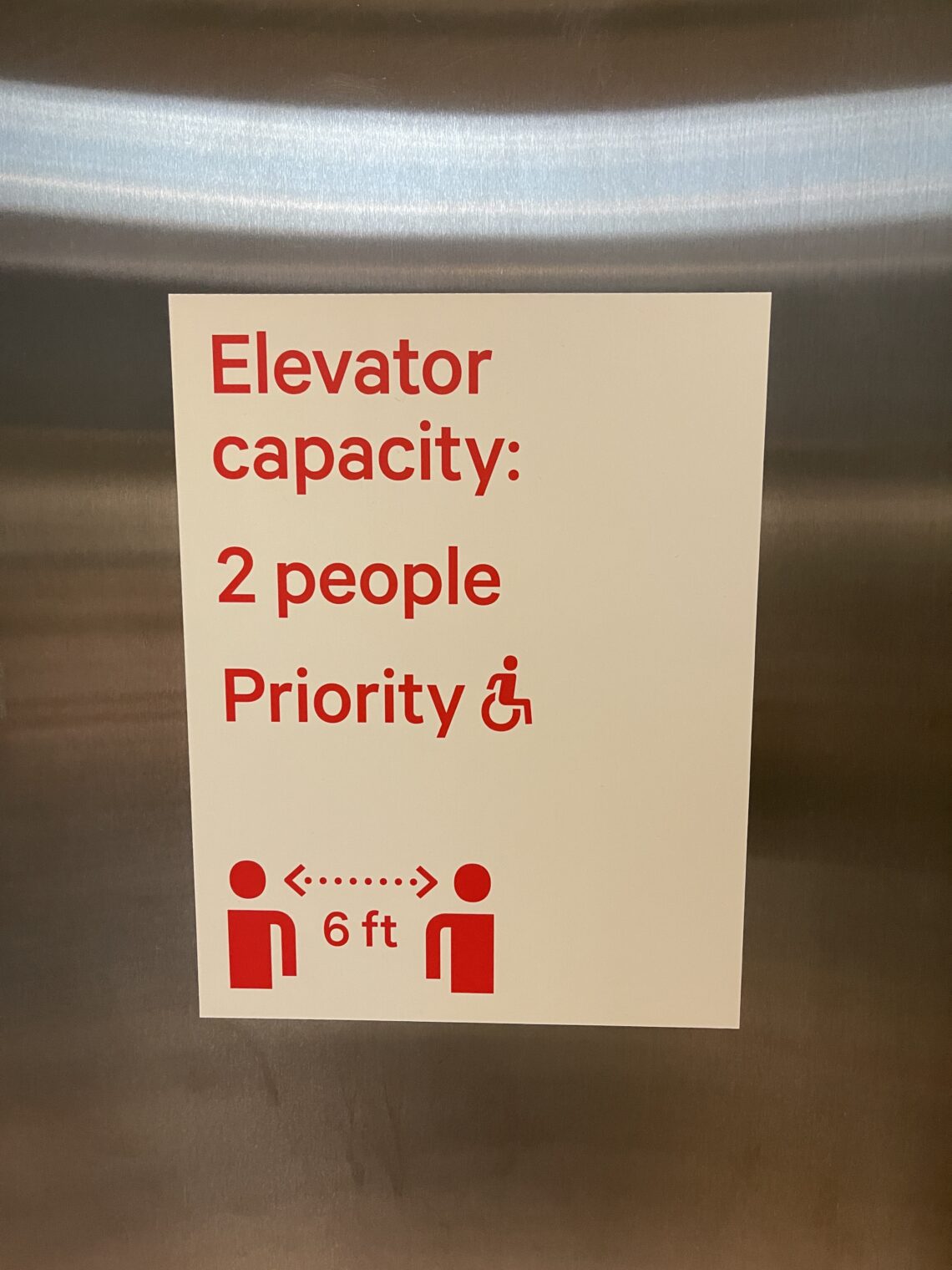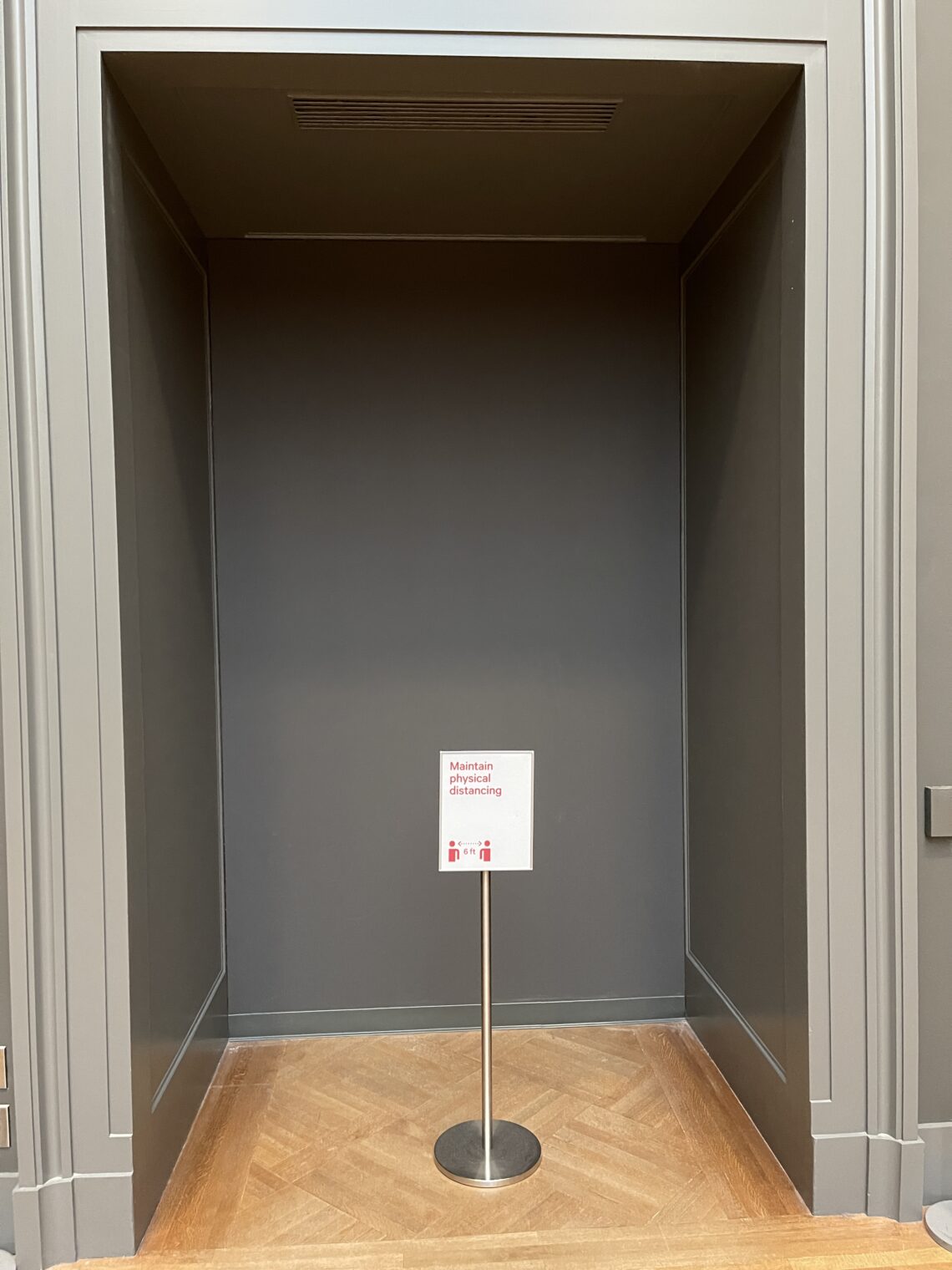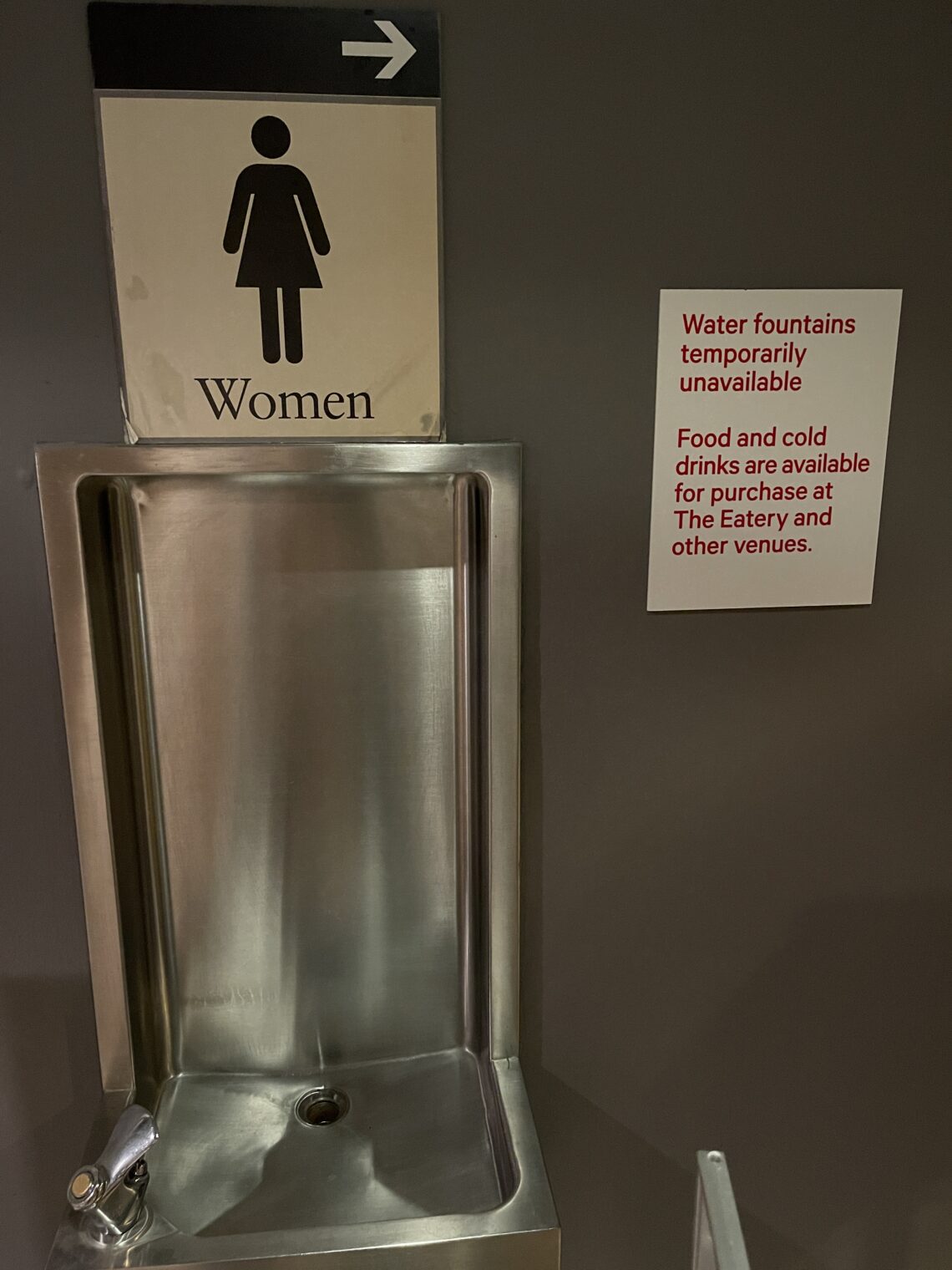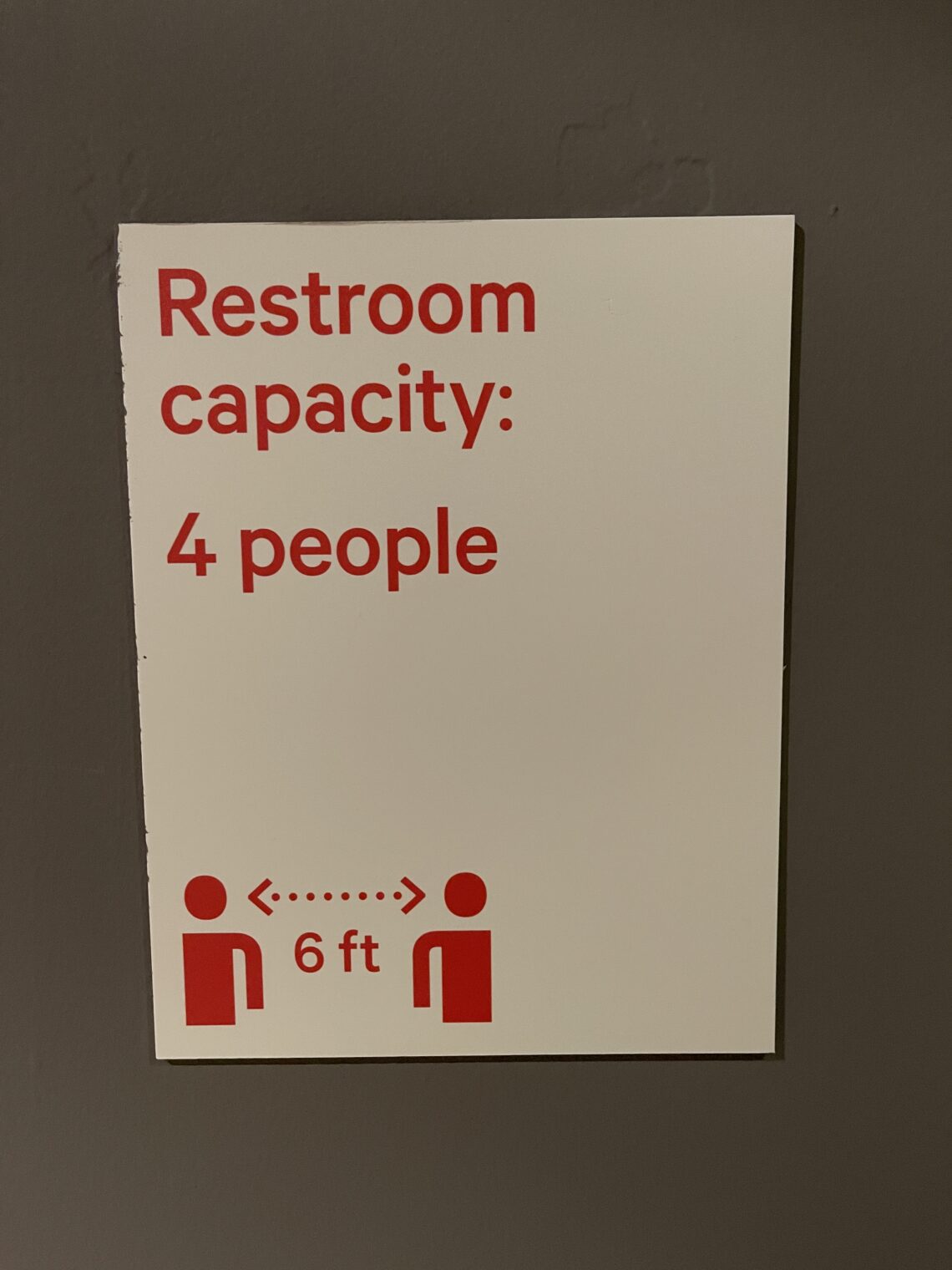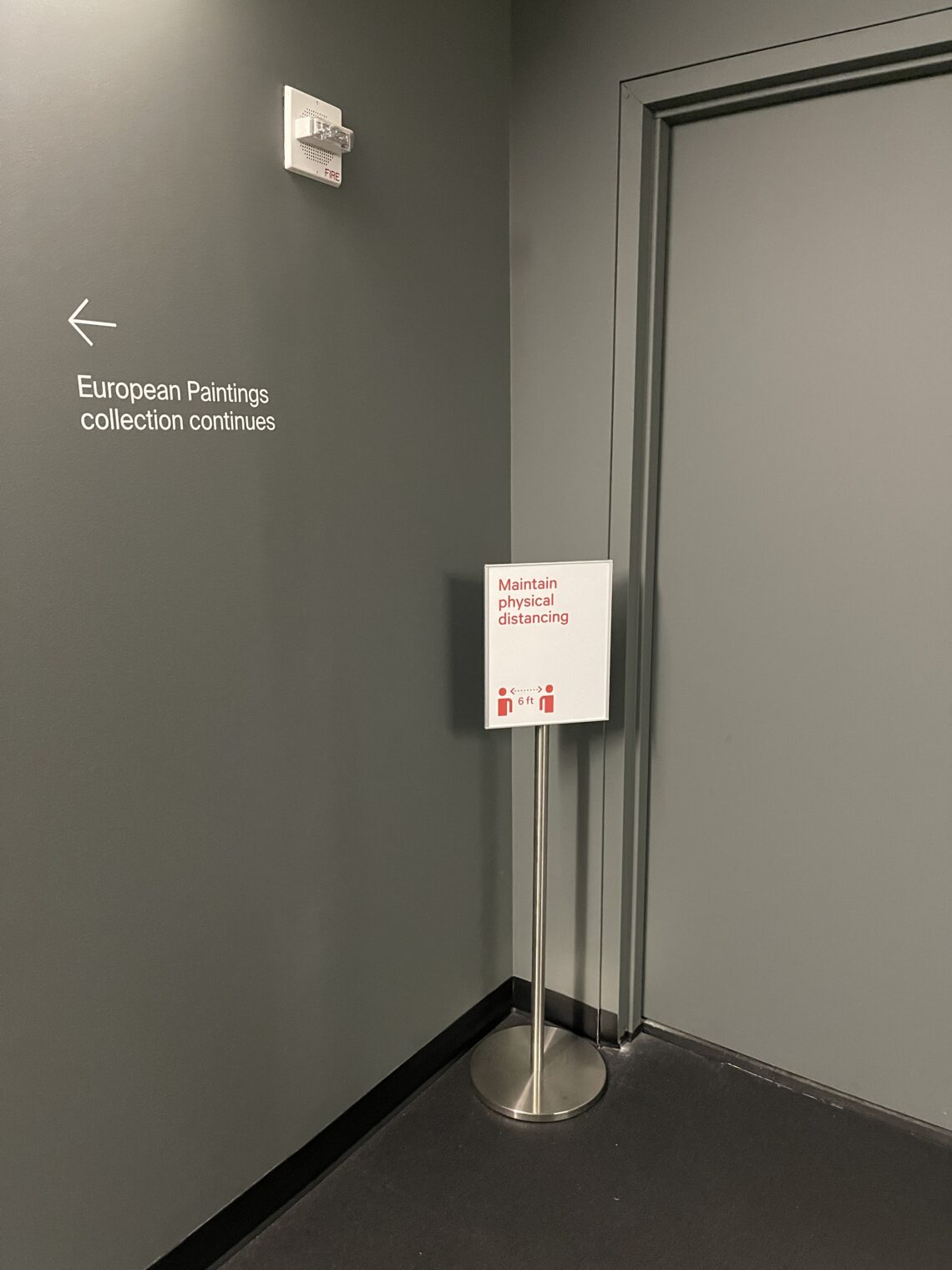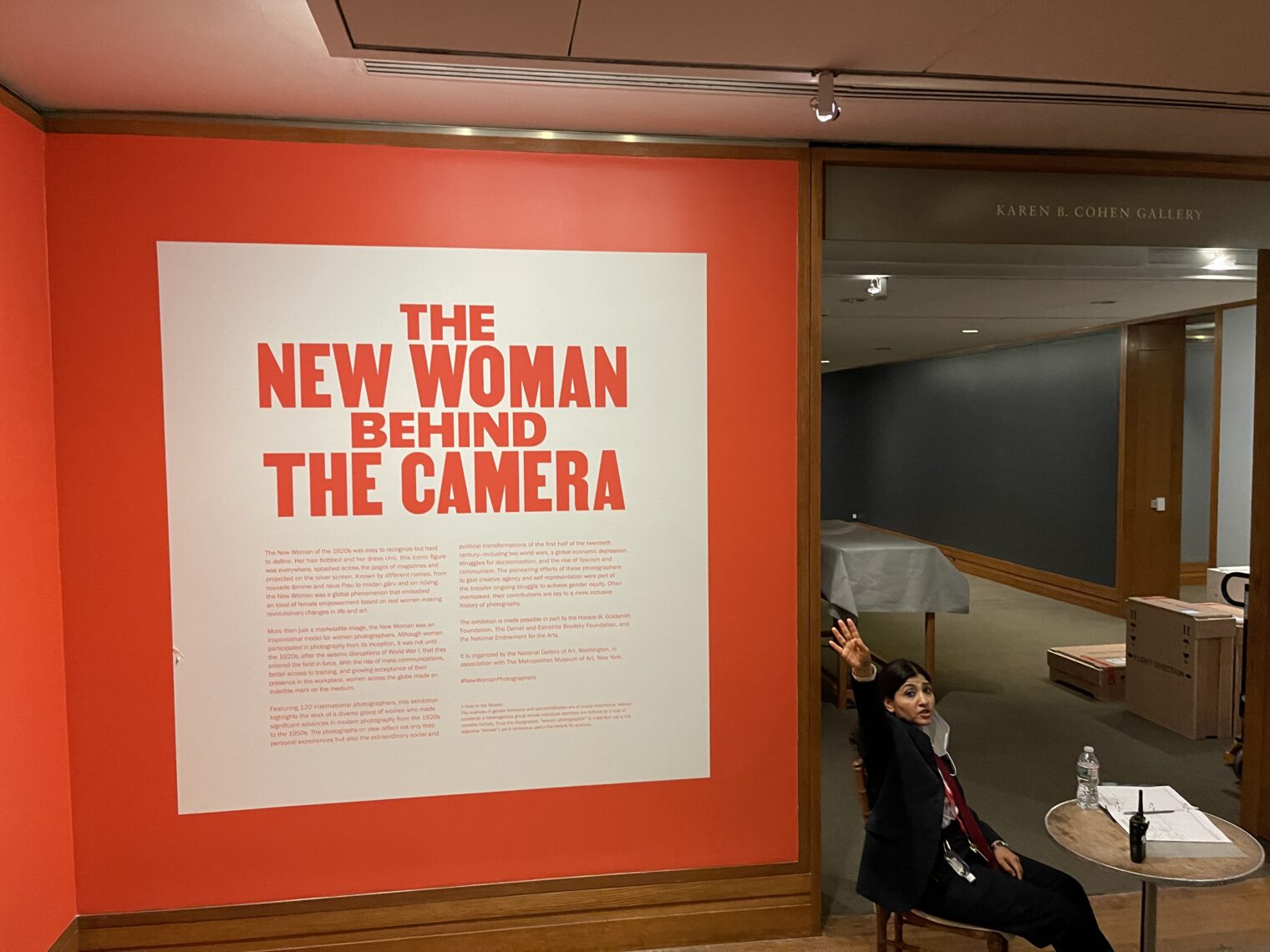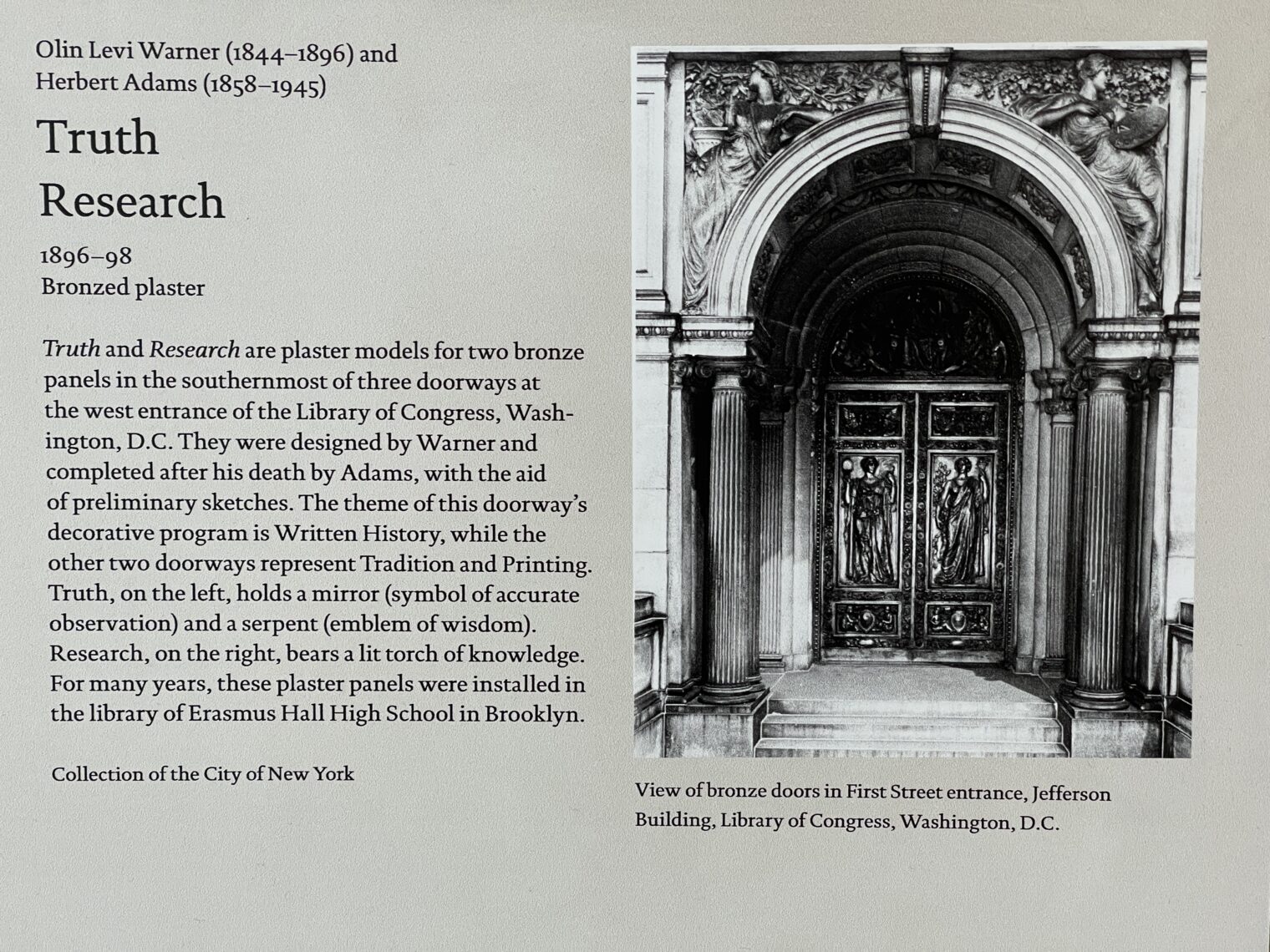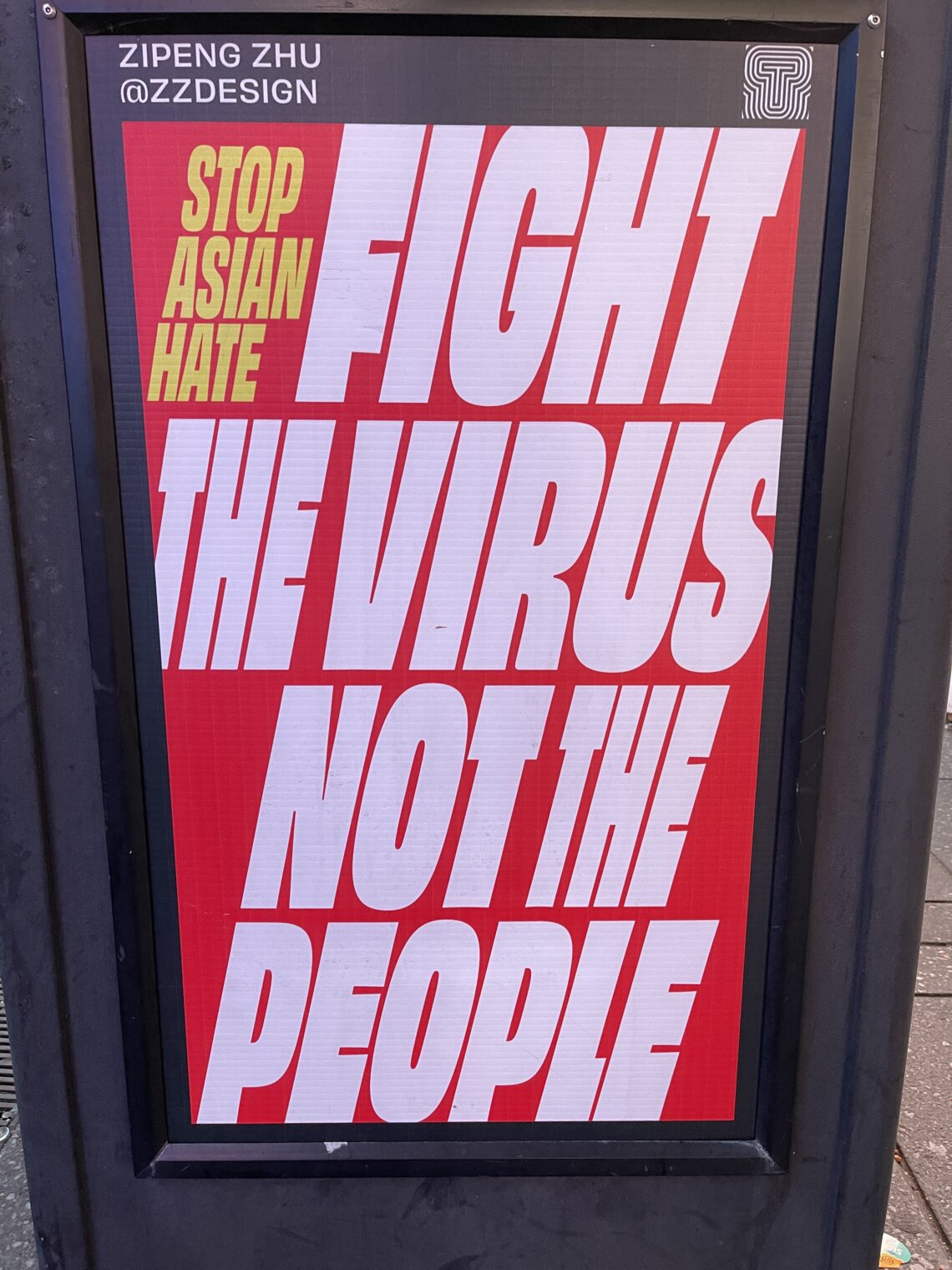Reproductive, Endocrinology, and Infertility (REI) elective begins at 8:00 am at the newly-constructed clinic, a 30-minute commute. I work with a 33-year-old first-year attending straight out of her three-year REI fellowship. Infertility is defined as failure to conceive after one year of unprotected intercourse. During the 45 minutes before the first couple arrives, the attending quizzes me on the basic menstrual cycle.
We see eight patients throughout the day. A typical new patient visit: the couple referred for infertility sits across from the attending’s L-shaped desk while she draws a diagram and goes over the “four pillars of conception”: (1) viable, motile sperm, (2) viable egg that ovulates (is released by the ovary), (3) open fallopian tubes for conception, and (4) implantation into uterus. (Starting with the 4th new patient, she has me draw and explain the pillars.) She will then order basic fertility labs, including a hysterosalpingogram (abdominal x-ray with contrast injected into uterus), sperm analysis of partner, ovulatory labs (Anti-Mullerian hormone, LH surge level, mid cycle progesterone), and a saline-infused sonogram evaluating the uterus cavity for implantation obstacles (e.g., intracavitary fibroid, uterine anomaly). She emphasizes that her therapies cannot fight nature’s fertility decline with age. The goal of therapy is to get back to the age-dependent cycle fertility rate.
She advises all female medical students to freeze their eggs before they hit 35.
[Editor: Better advice from a purely economic perspective would be for the prospective medical student to fertilize her eggs (with an appropriate partner and in the right state) and thus graduate debt-free.]
The clinic offers three types of fertility therapies: (1) timed-intercourse with drug-induced superovulation; (2) intrauterine insemination (IUI) with superovulation; and (3) in-vitro fertilization (about $10,000 – $15,000 per treatment). Superovulation is associated with a 5-8 percent twinning risk. Most of the couples have already done their research and been performing effective timed intercourse using over-the-counter ovulation kits. For women under 35, she recommends 2-3 IUI therapies, and, if these fail, advance to IVF.
(Why does IUI, injecting sperm into the uterus, work when ordinary intercourse doesn’t? It saves low-quality sperm some of the swimming effort.)
A woman comes in for transvaginal ultrasound prior to ovulation induction. We’re looking for 5-6 mature follicles between the two ovaries. She will have been taking letrozole (an off-label use of an inexpensive generic aromatase inhibitor used for breast cancer treatment) or clomiphene (higher risk of twinning, out-of-fashion) to stimulate superovulation. The ultrasound shows sufficient follicular development, so we instruct her to have intercourse for the next three days and, on Day 2, induce ovulation by injecting herself subcutaneously with beta-HCG (Human chorionic gonadotropin) to mimic the natural FSH/LH (Follicle-stimulating hormone/luteinizing hormone) surge.
I was fortunate to witness my attending’s first successful IUI pregnancy in this clinic. The couple tried to have kids when they were in their 20s, gave up, and returned at the husband’s initiative when the aspiring mother was 36. They cry when they see see their “little gummy bear” on transvaginal ultrasound. Nearing the end, the wife asks to see the sperm analysis, “You had mentioned something wrong with [John]’s sperm over the phone. What was it?” John comments, “Well, clearly, my sperm are good enough.” The attending jokes: “Not if you’re not the father.” The father: “I’ll have to get a paternity test now.”
[Editor: Depending on the state, if one of these two decided to end the marriage, John will have to pay child support regardless of the DNA test results. See “Who Knew I Was Not the Father?” (New York Times, November 17, 2009) for an all-American tale of extramarital love and litigation: “I pay child support to a biologically intact family,” Mike told me, his voice cracking with incredulity. “A father and mother, married, who live with their own child. And I pay support for that child. How ridiculous is that?”]
The next day we are in the OR back at the hospital. My REI attending, an intern, and I perform two hysteroscopies on women with uterine anomalies that had prevented pregnancy. The intern is not allowed to move the hysteroscope, a fiber optic cable equipped with a camera, shaver device, vacuum, and saline injector). From the first patient, we remove a uterine septum (congenital divider; first noticed during a CT scan for appendicitis). From the second, an intracavitary fibroid (smooth muscle tumor that distorts the uterine cavity lining). Both of these are covered by insurance due to their potential to cause bleeding or other medical issues unrelated to fertility.
The REI attending devotes one afternoon per week to PCOS (polycystic ovarian syndrome) cases. We start by ignoring the elephant in the room (literally; obesity is the main cause of PCOS) and testing for extremely rare disorders that could also account for menstrual irregularity.
The first patient is typical, a 27-year-old secretary with a BMI of 34 (obesity begins at 30). She’s not planning on children in the near future, but wants to know what her prospects are. The petite fit attending lectures her on the need to lose weight, recommending cutting back on restaurant meals and making smoothies. The patient starts crying, recounting her unsuccessful attempts to lose weight.
The next patient is not typical, a 35-year-old obese female with history of bipolar disorder recently released from a state mental asylum. For her bipolar disorder, the discharge summary says that she is supposed to be on lithium, which is teratogenic (causing birth defects), but she can’t remember what medicines she is taking. She struggles for half of the visit trying to log into MyChart from her iPhone. She also has uncontrolled type 2 diabetes. Her chart shows several ED visits for substance abuse: cocaine and fentanyl. “It’s hard for me to get a job, so I want my job to be mother.” We give her pamphlets about sperm banks. The attending: “Well, that was interesting… I am not getting her pregnant. I am not sure how she even got an appointment here.”
REI is cut short by exams. As we walk into the testing center, Nervous Nancy asks, “You guys ready to look at some nasty vag pictures?” Sample questions that accompanied numerous photos of vulvar lesions:
- A 26-year-old female presents with nondescript vaginal discharge. A picture depicts a female with 1mm pustules on her trunk and arms. What drug would have prevented this? (Ceftriaxone to treat disseminated gonorrhea.)
- When do you induce labor for gestational diabetes if they are diet controlled (“A1”) versus insulin dependent (“A2”)? (41 weeks and 39 weeks)
- Diagnosis of gestational diabetes using 3-hour glucose tolerance test values, requiring memorization of normal ranges.
- Group-B Streptococcus (GBS) prophylaxis indications if screen for GBS is negative: fever, preterm or prolonged rupture of membrane (“RoM”, over 18 hours). (give penicillin to the mom in order to prevent sepsis in the baby)
- Given a chart of labor progression times, how would you classify a patient? (Students complained that the times were all in the “grey” zone between prolonged RoM and prolonged labor cutoffs.)
- If a mom has an abortion, what test should you always get? (Type and screen for Rhesus antigen)
(Why a screening test after an abortion? Rhesus (Rh) antigen is a sugar chain on an individual’s blood cells. If a mother who is Rh – (for example, A-) has a baby with a Rh+ father, her immune system becomes sensitized to the Rh+ antigen from recognizing the Rh+ fetus’ blood cells that cross the placenta into maternal circulation. If she does become sensitized and has another Rh+ pregnancy, the fetus will be killed by the mother’s immune system. Therefore, during any large blood volume transfer (e.g., abortion, vaginal delivery), mothers are given Rhogam, an antibody against Rh+ that binds up the Rh+ antigens before the mother’s immune system can become fully activated.)
Ob/Gyn also requires an oral examination with the clerkship director. We each go into her office for 15 minutes of questioning. We first go over a case regarding cervical cancer screening and urinary incontinence in an elderly female. We also prepared eight cases from our rotation, and she chose two to discuss (on pre-eclampsia and ovarian cancer).
After exams, I meet classmates at a new downtown brewery. Type-A Anita just finished her internal medicine rotation. “That was the first time I saw some shady medicine. A lot of the second and third year is learning about billing. You could bill for a COPD exacerbation, or you could code hospitalization as respiratory distress with hypoxia.” Lanky Luke afterwards: “Reimbursements for Medicaid patients lose money so they have to make it up by overcharging Medicare and privately insured patients. They have an army of billers to deal with this.” I respond with the positives of REI: motivated and healthy patient population, great lifestyle, no insurance hassles.
[Editor: The wise central planners in the Commonwealth of Massachusetts force private insurers to pay for in-vitro fertilization, without any limit to the number of cycles. Come to our local airport to see the business jets that the fertility doctors fly!]
Facebook status from a fourth-year medical student: “Please read this. Even a progressive institution such as Planned Parenthood can still have unconscious bias. Wake up people! My trans friend was disappointed in his care at Planned Parenthood and switched to Hope and Help.” Underneath, a shared post from the born-female-identifying-as-a-male patient: “After dealing with fat phobia and transphobia with the nurses, as well as issues with filling my prescription, I decided it was time for a change. My doctor confirmed my fear that my dose has been far too low to yield the typical results of 9 months on T [testosterone] and worked with me to find a reliable pharmacy and be on the right dose.The staff was incredibly welcoming and I left feeling I had a voice as a patient.”
Our school can’t be accused of bias against LGBTQ community members; the Facebooking fourth-year student hasn’t had to write any tuition checks thanks to national and school-specific scholarships limited to applicants who identify as LGBTQ and/or can be characterized as part of an “underrepresented” group. The rest of the country, on the other hand, disappoints our class. From the fourth-year scholarship student, just before the 2018 elections:
I am sick and tired of being scared, and being sad, and waking up every day wondering what’s it going to be this time. Of an administration that galvanized hatred against people based on their sexuality, religion, race, ethnicity, identity. I refuse to stand for an administration that says we shouldn’t let committing sexual assault ruin a man’s life, ignoring that it has done irrevocable damage to the life and mental wellbeing of his victims. And I’ll be damned if we don’t vote these monsters out of office.” Vote for democracy. Vote for change. Vote like your life depends on it. Because it absolutely does.
From Pinterest Penelope, cheered by our school’s recent award for “diversity in higher education”:
Out of darkness, there is LIGHT! Thanks to all who work to make our university a more diverse, safe, and welcoming environment! Now, vote like your life depends on it. Because it does.
[Editor: government attacks on physicians under the Trump Administration were so severe that taxpayer spending on Medicare and Medicaid in 2017 was cut to less than $1.3 trillion (CMS.gov), projected to grow at 5.5 percent per year through 2026.]
Statistics for the week… Study: 8 hours. Sleep: 7 hours/night; Fun: 2 nights. Over beers and burgers on Saturday, Mischievous Mary talked about finishing her six-week cardiothoracic elective rotation. Lanky Luke and Jane’s eyes glaze over as she goes into details about helping to cannualize the aorta for bypass. Another exciting moment: “We were sitting at the CT surgeon lounge looking at the strips in the CCU, and we see a patient in torsades de pointes [sinusoidal wave]. We run out, and no one had noticed. We start doing compressions, pushing magnesium. It was awesome! Saved his life.”
The rest of the book: http://fifthchance.com/MedicalSchool2020
Full post, including comments

